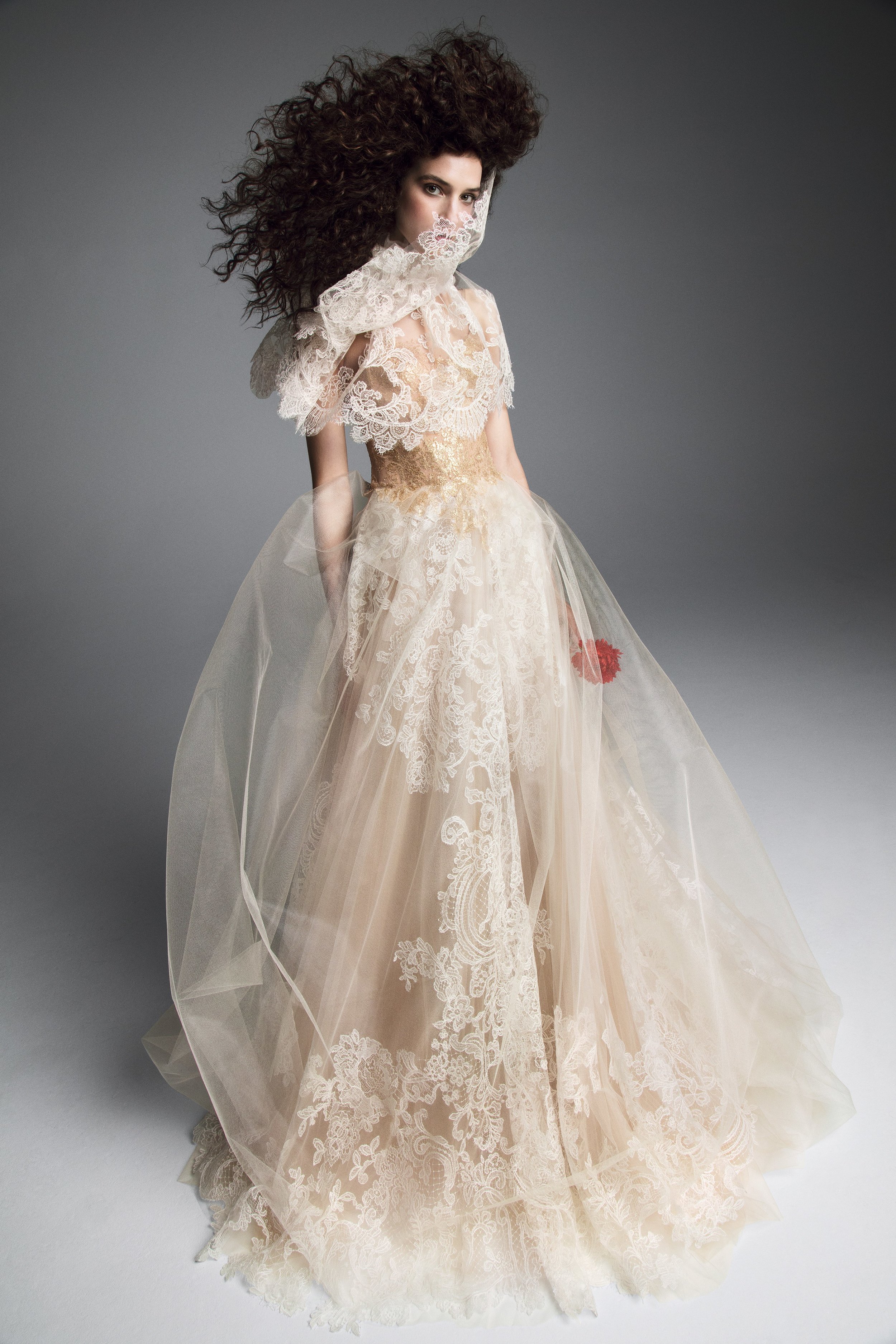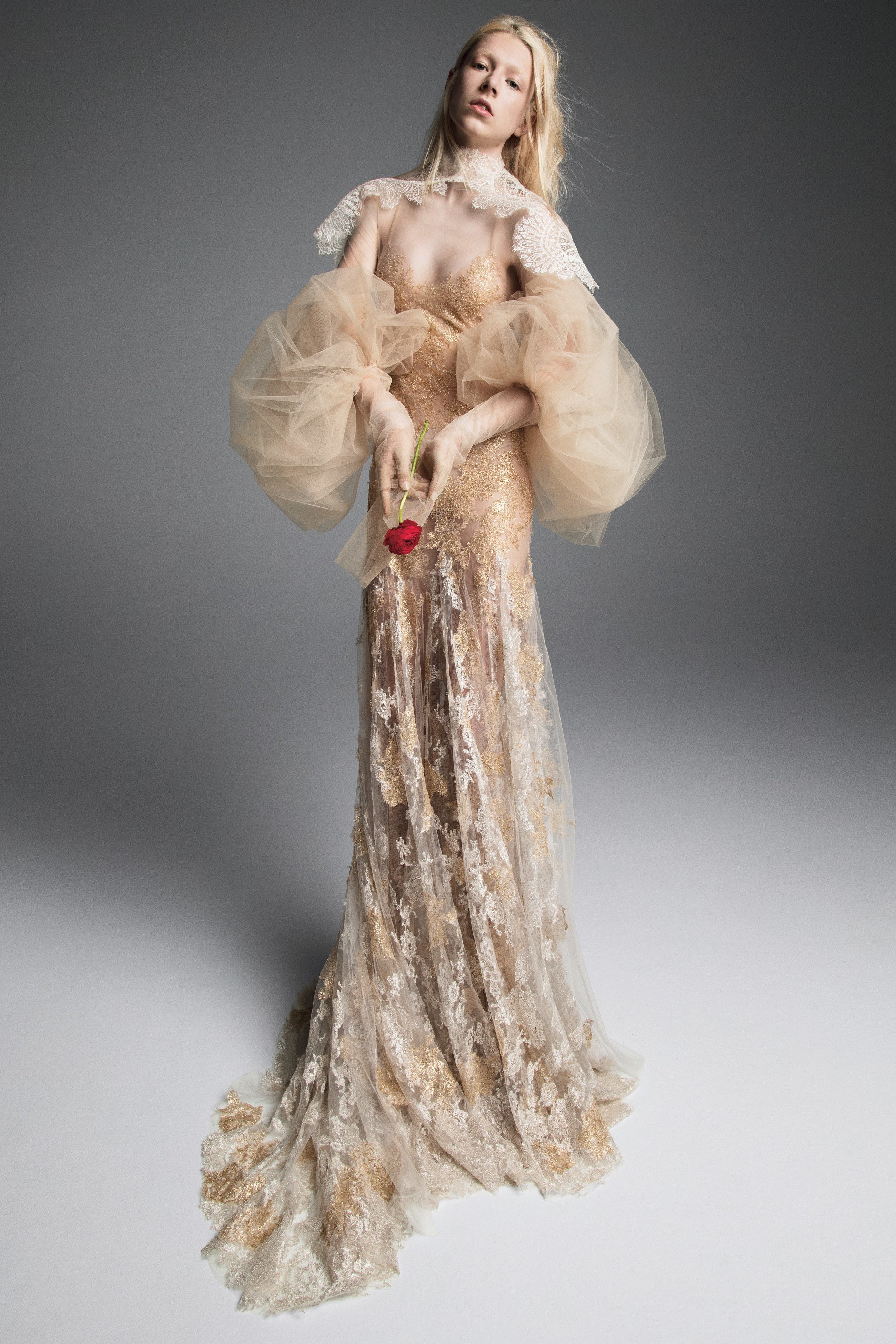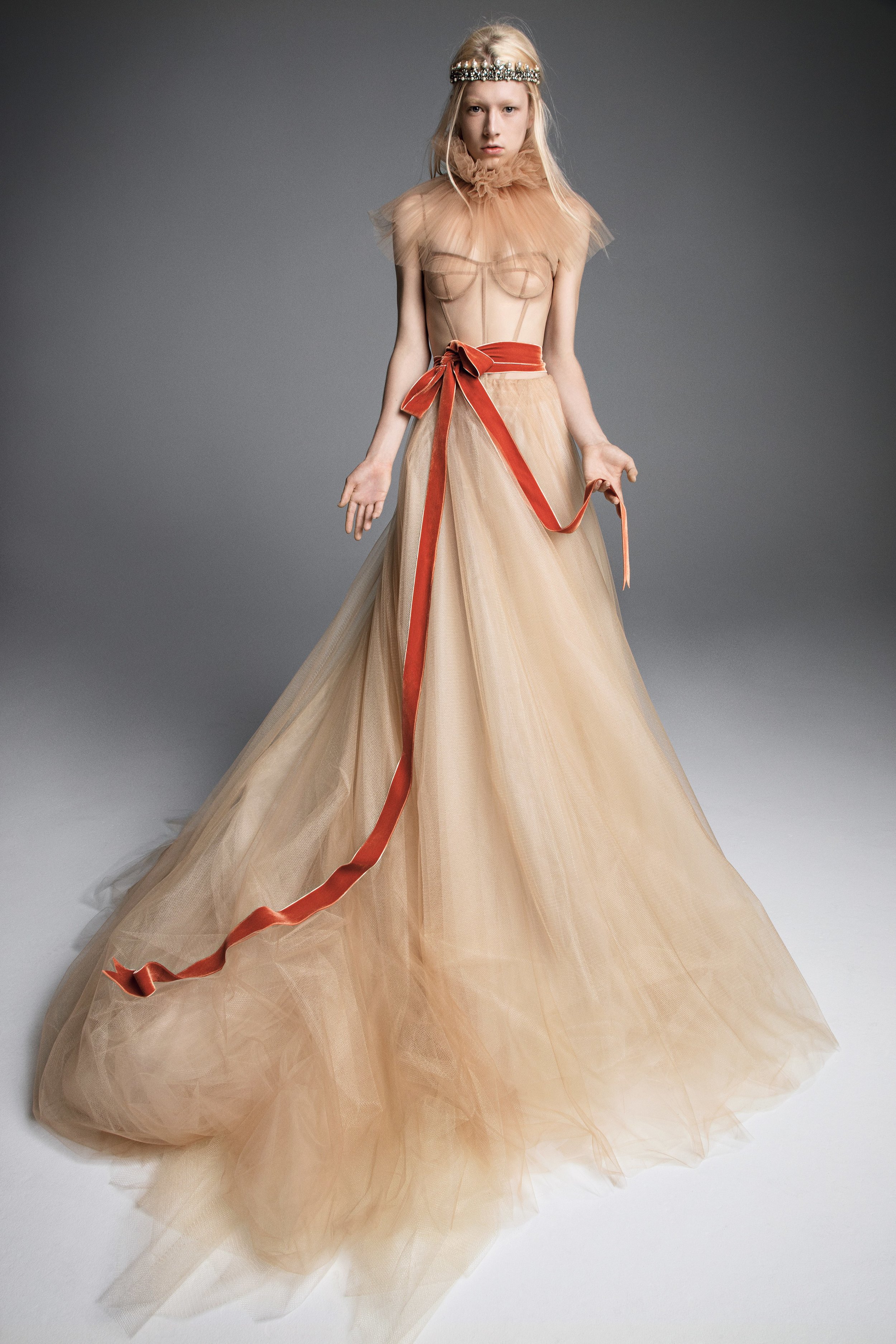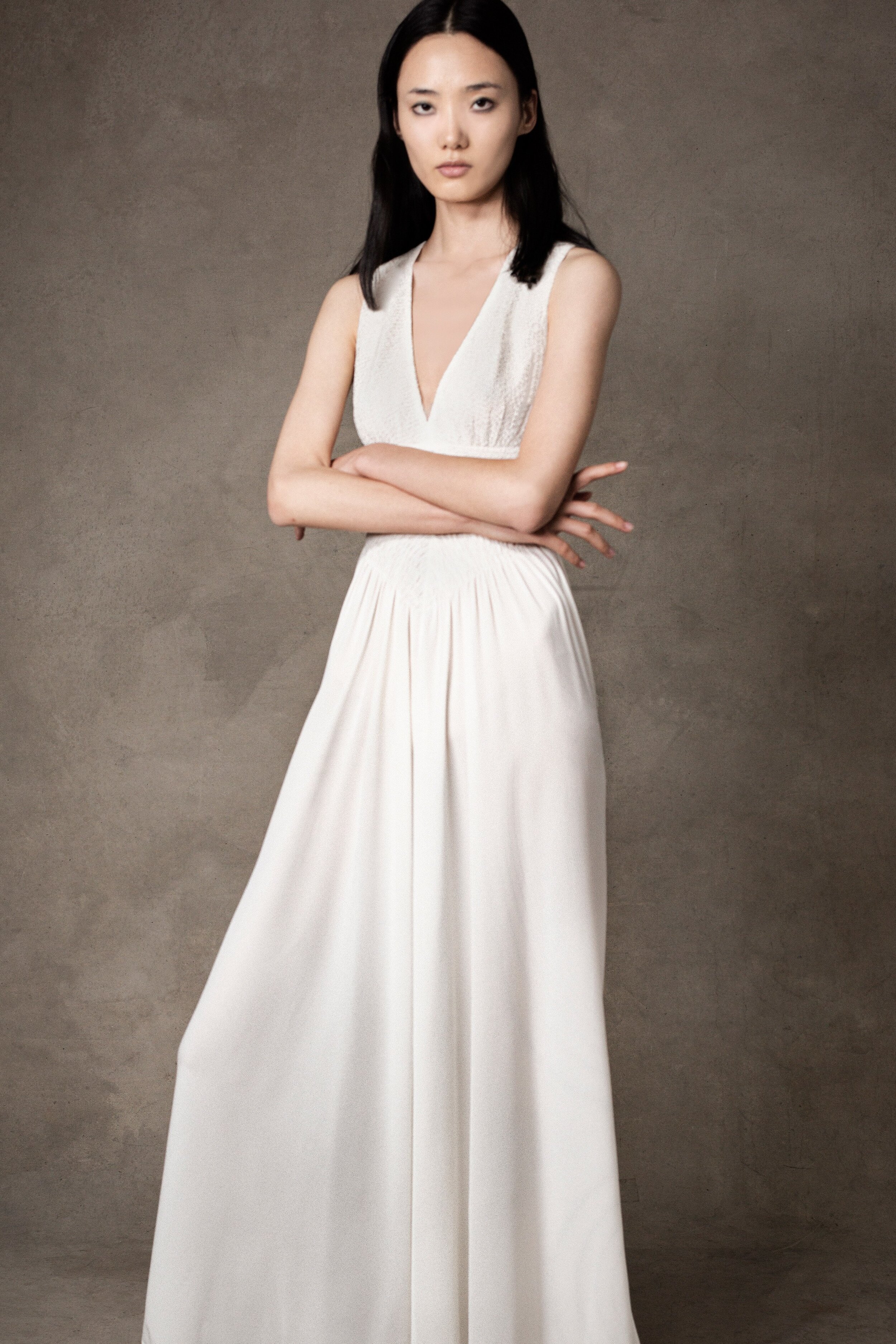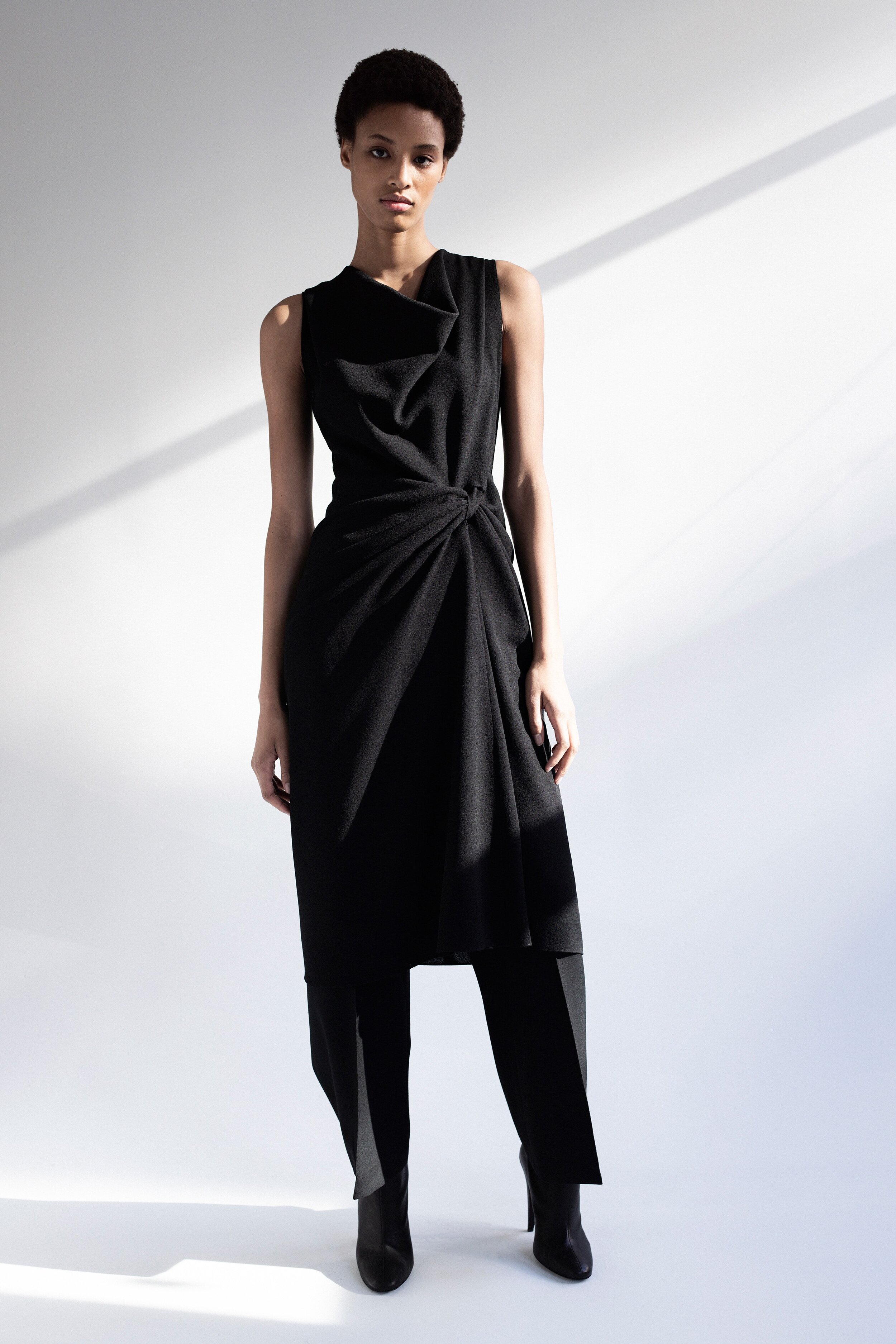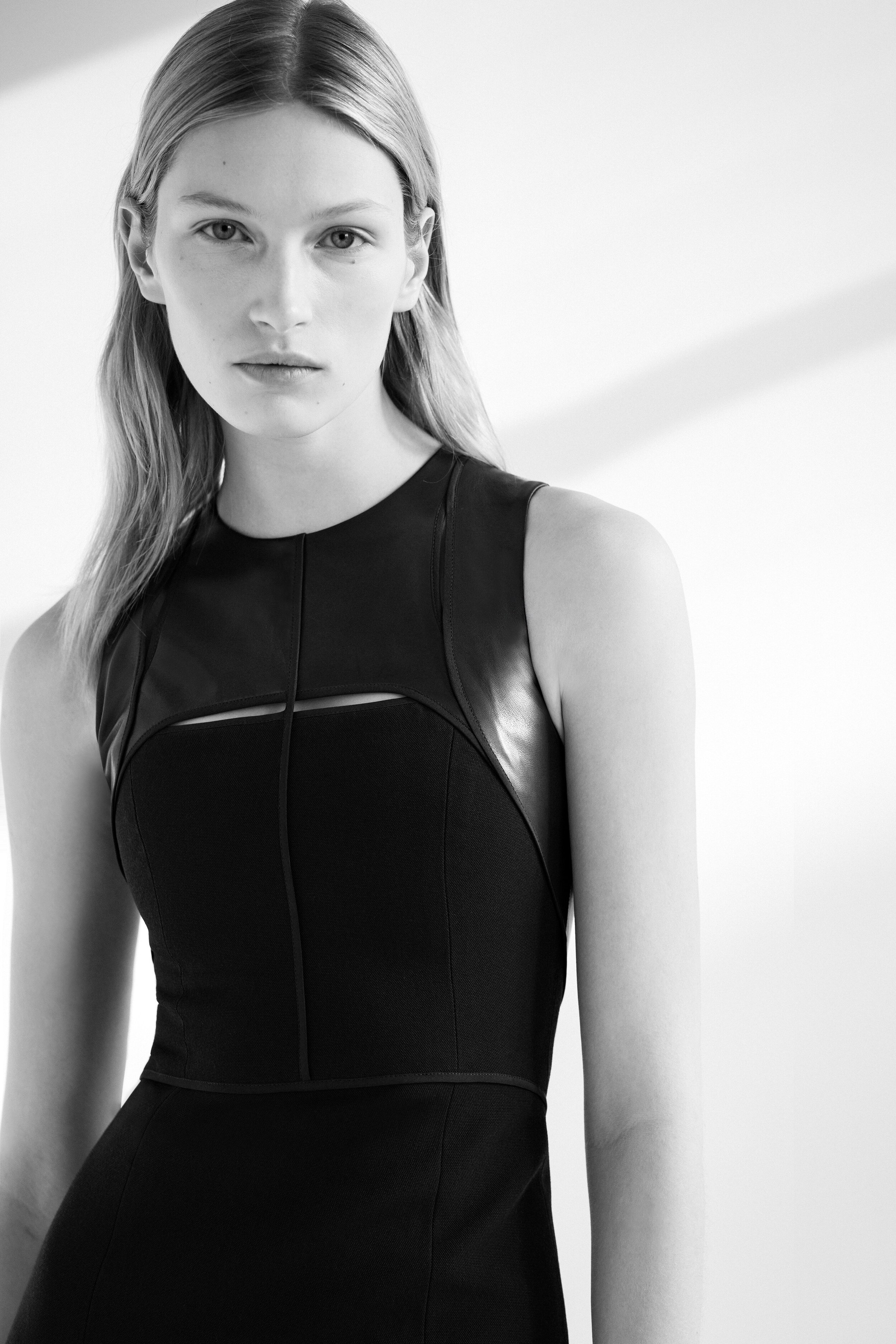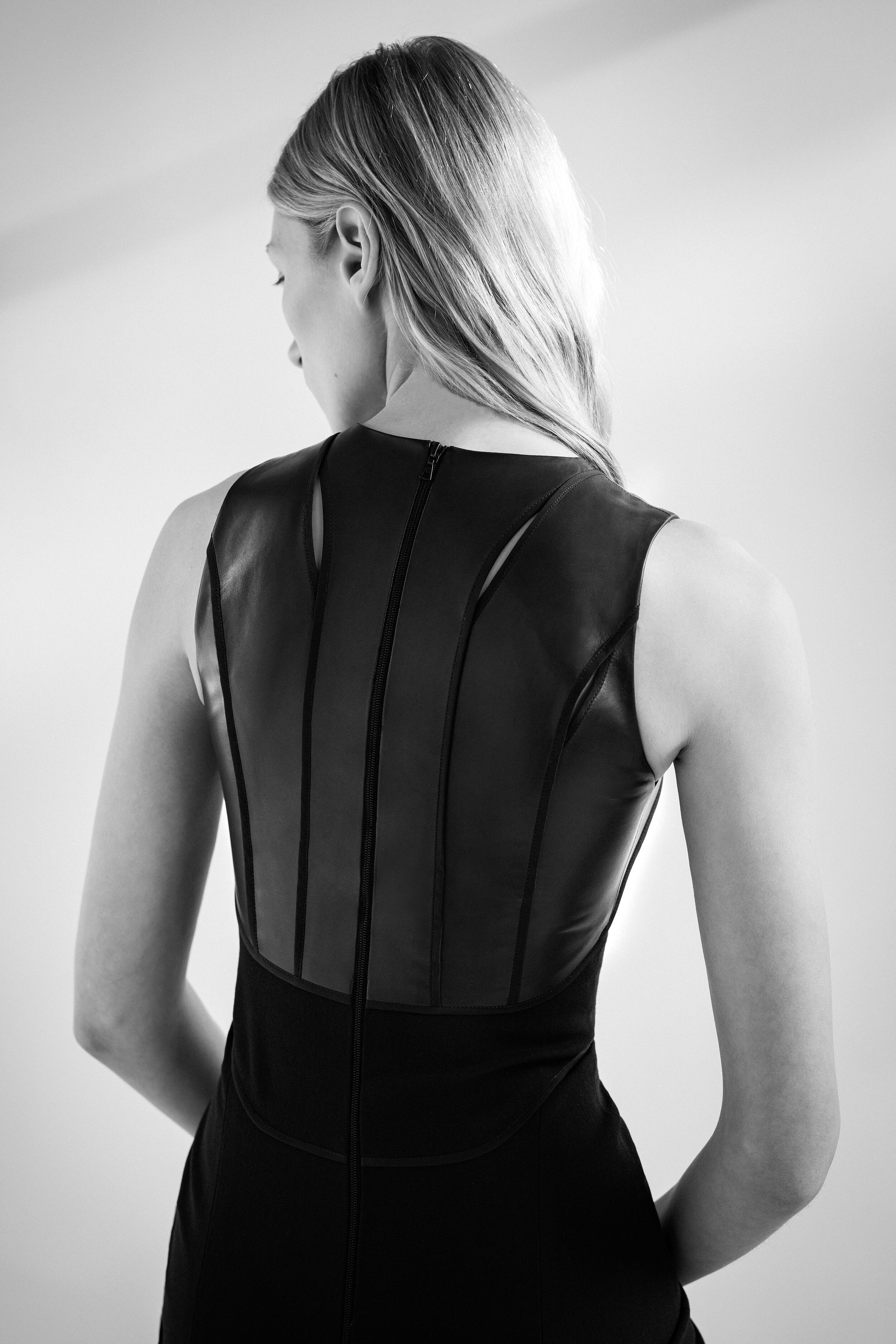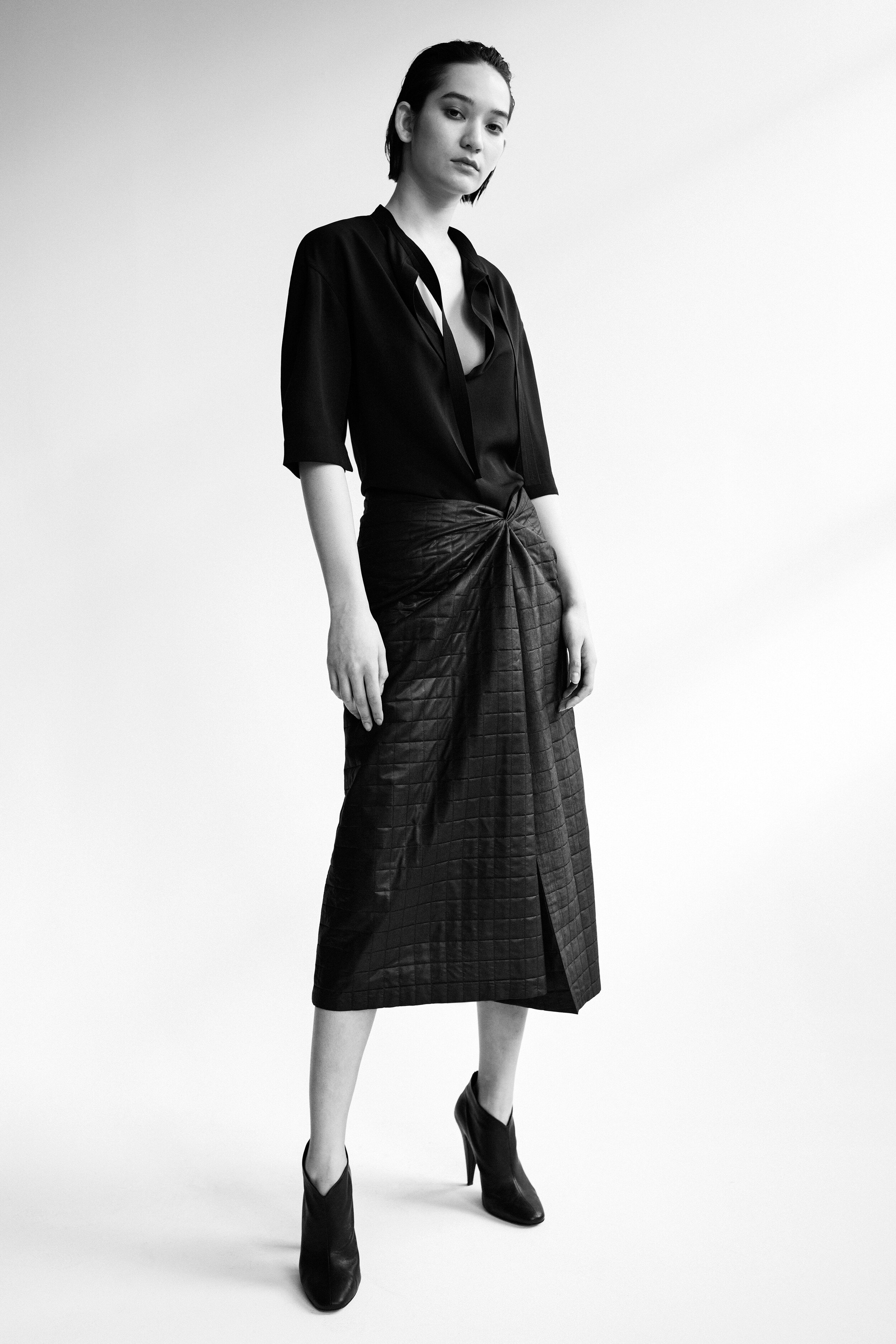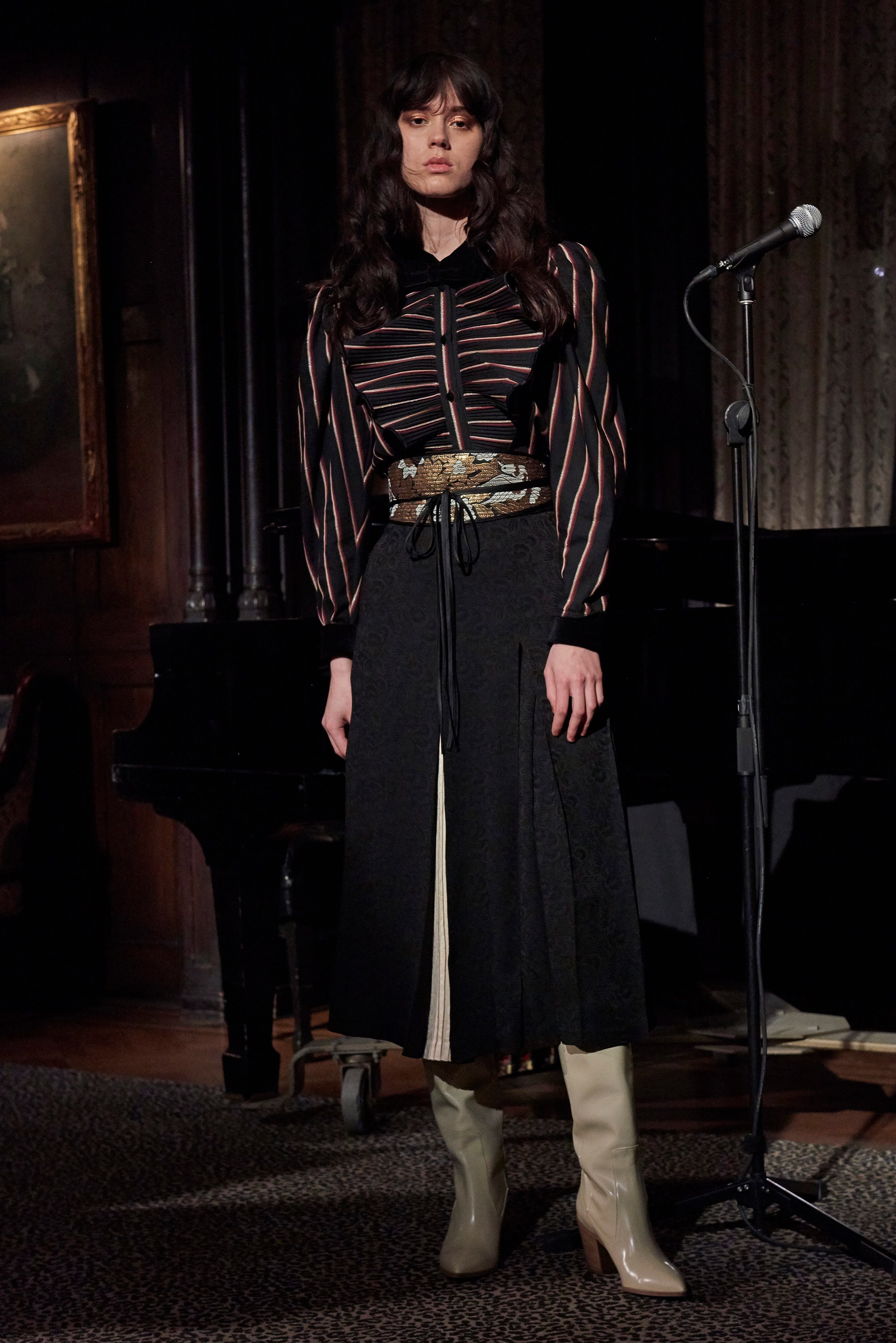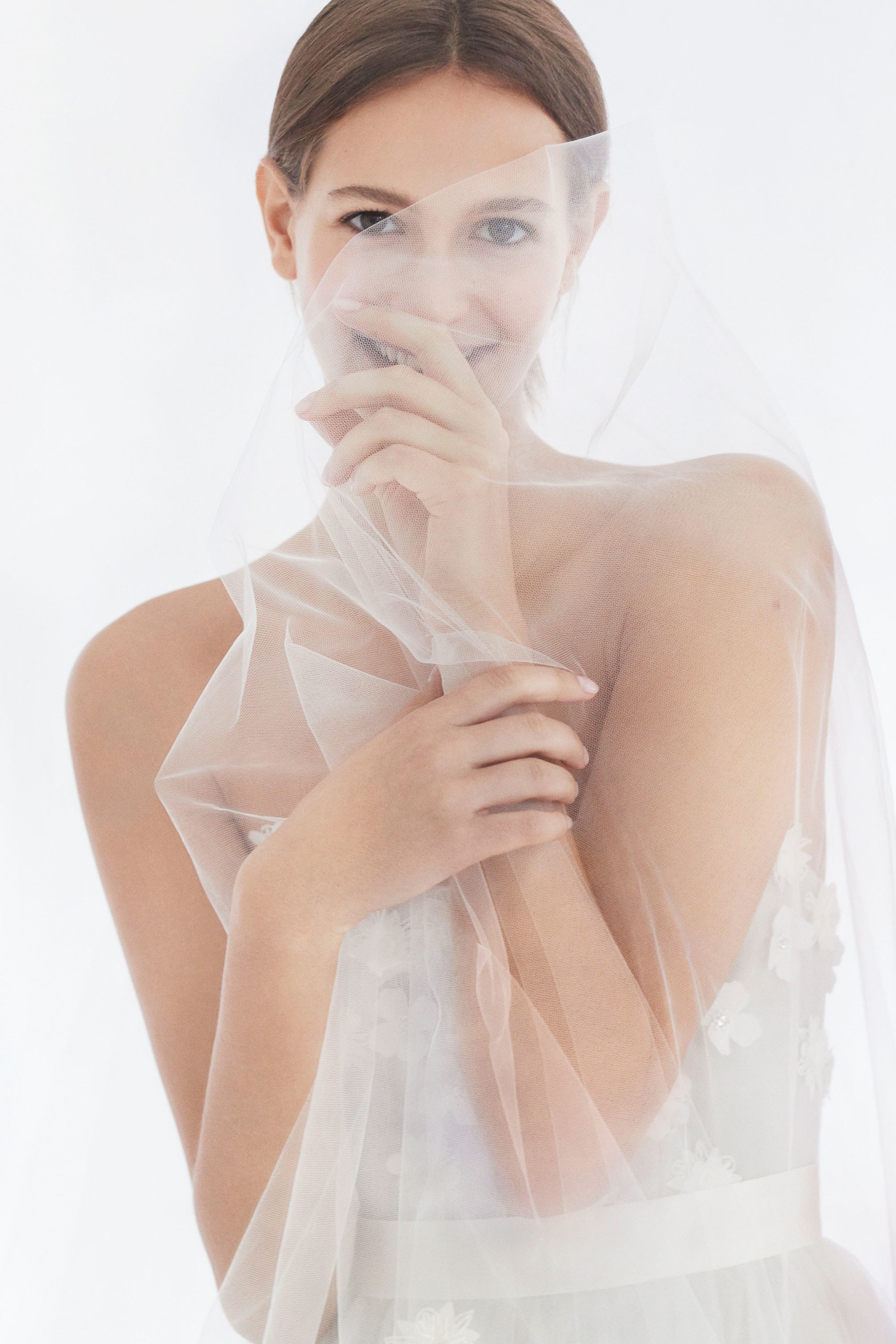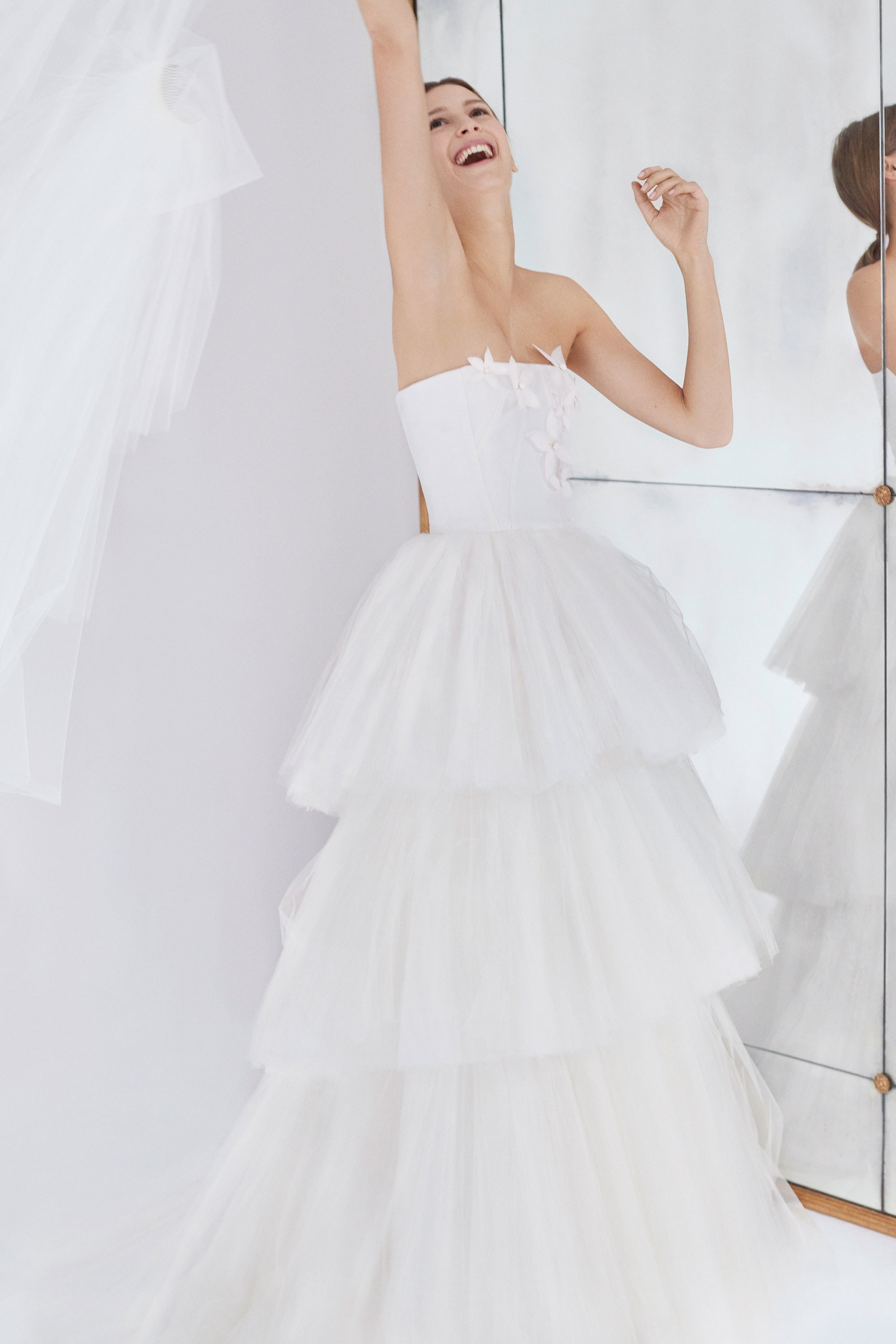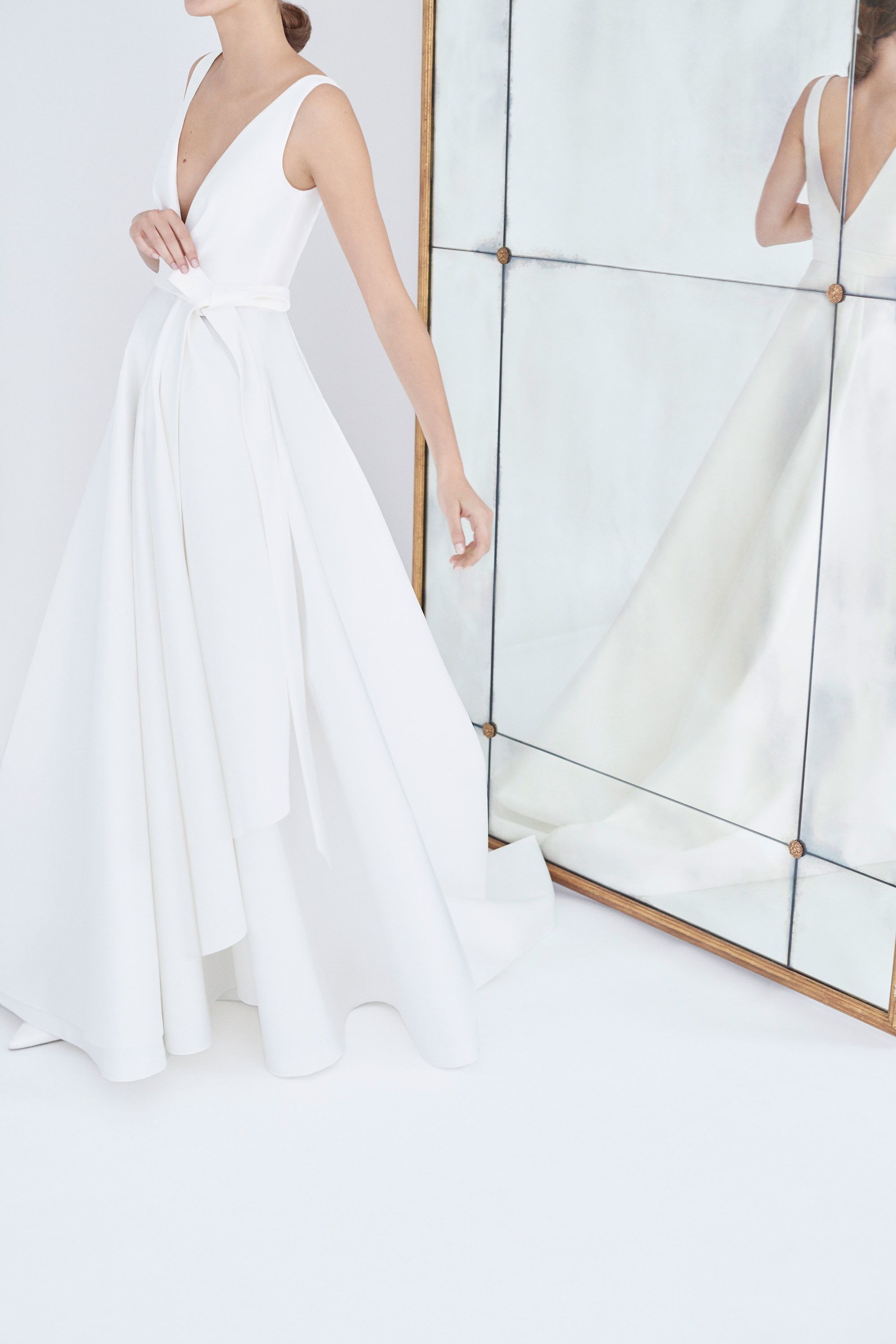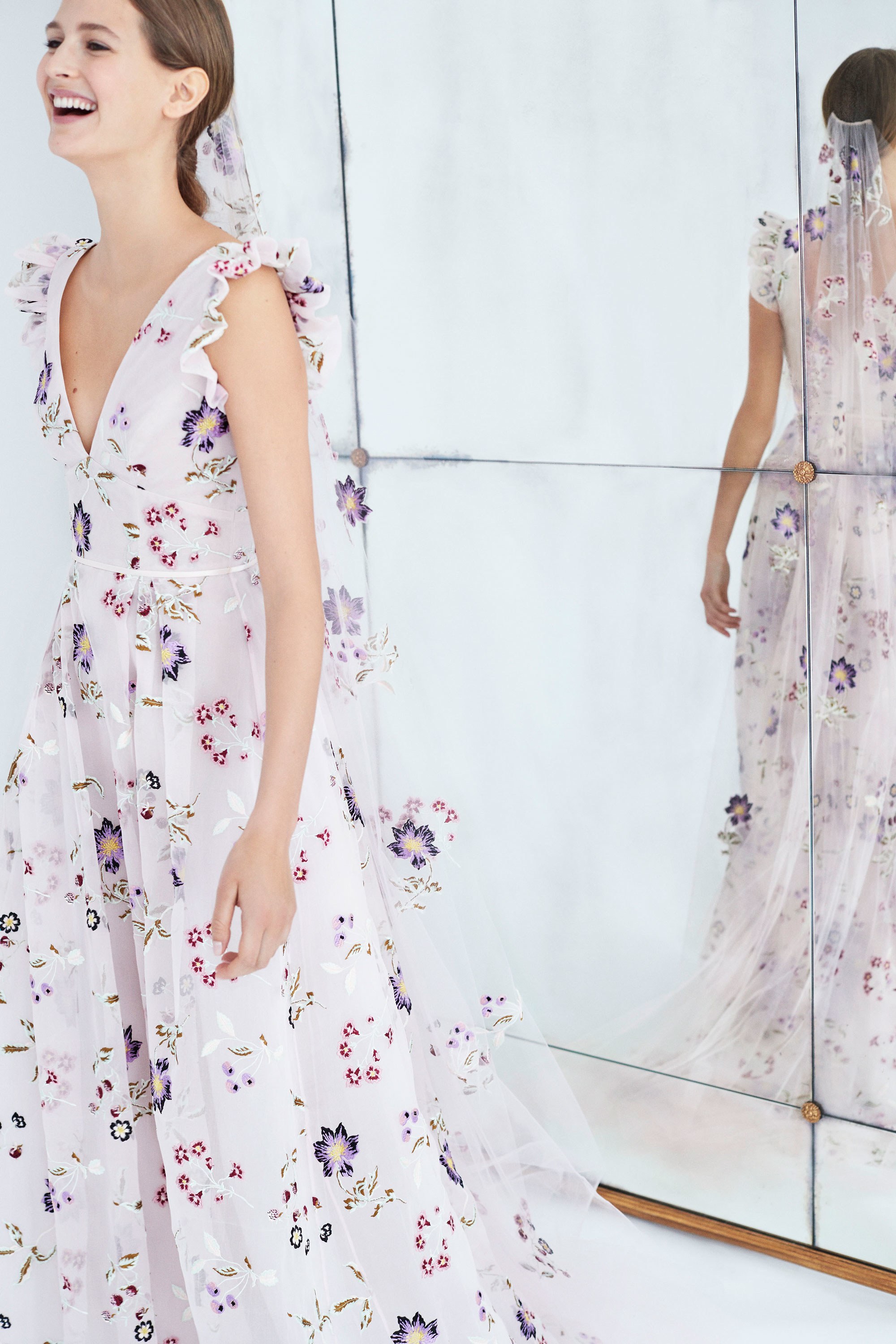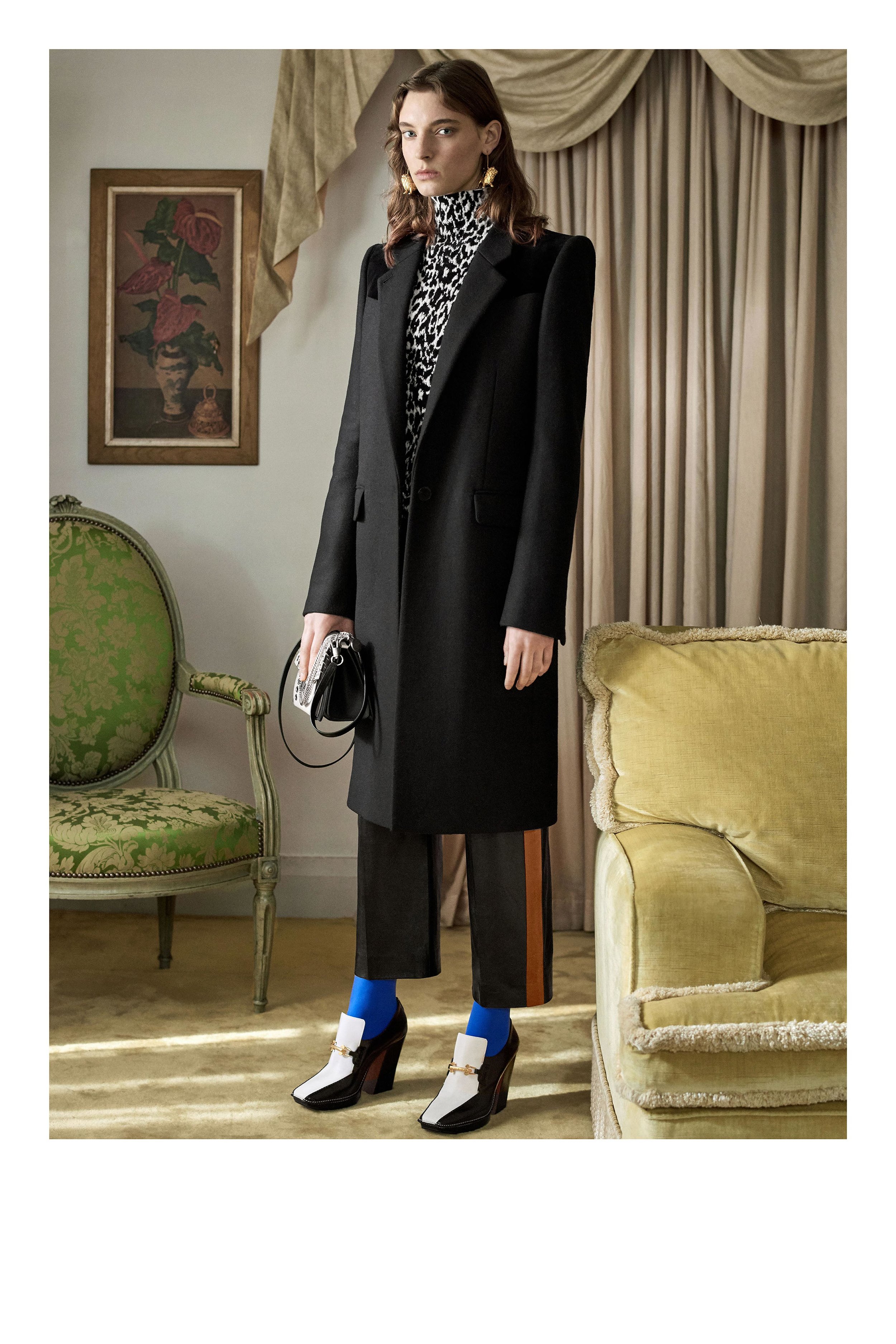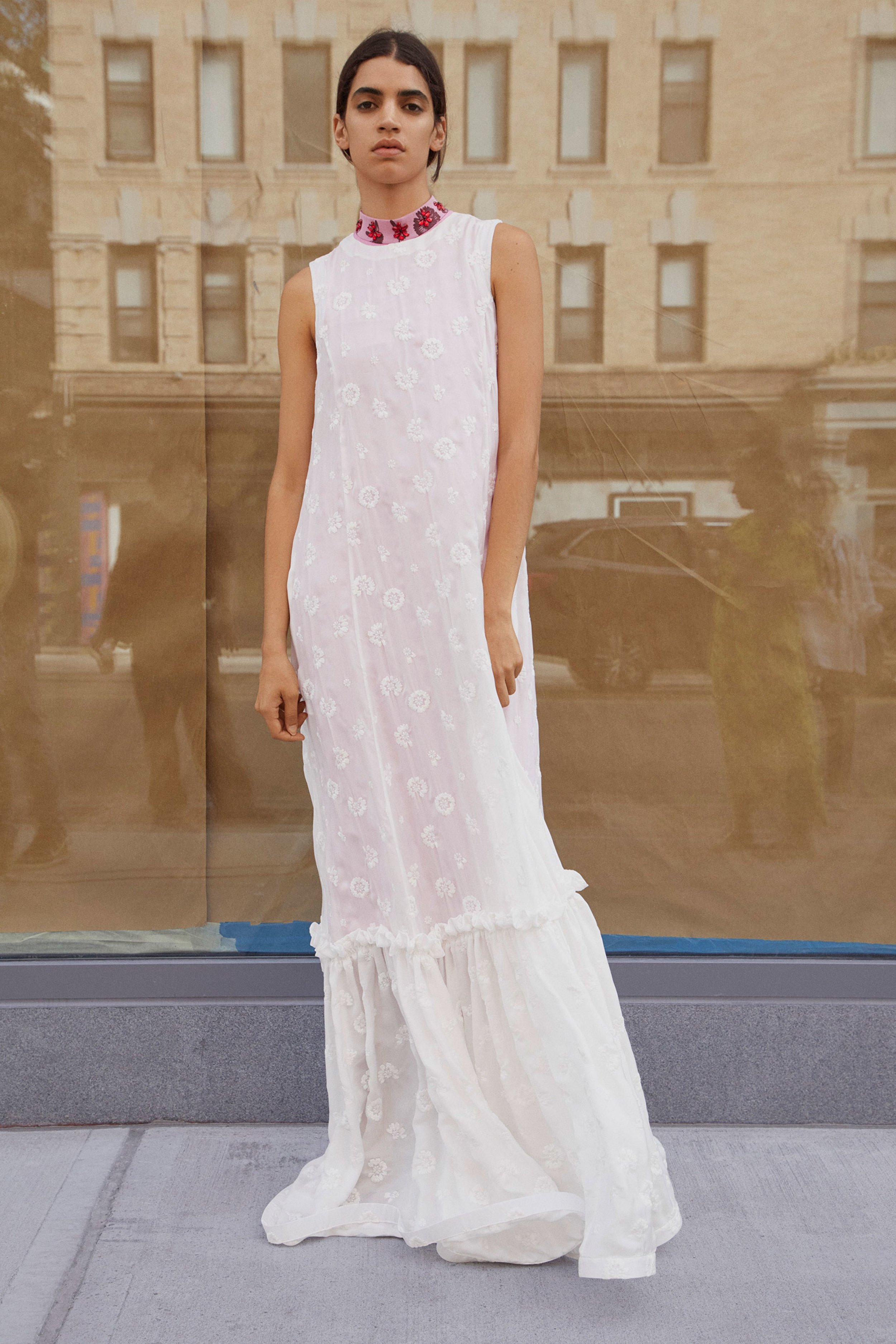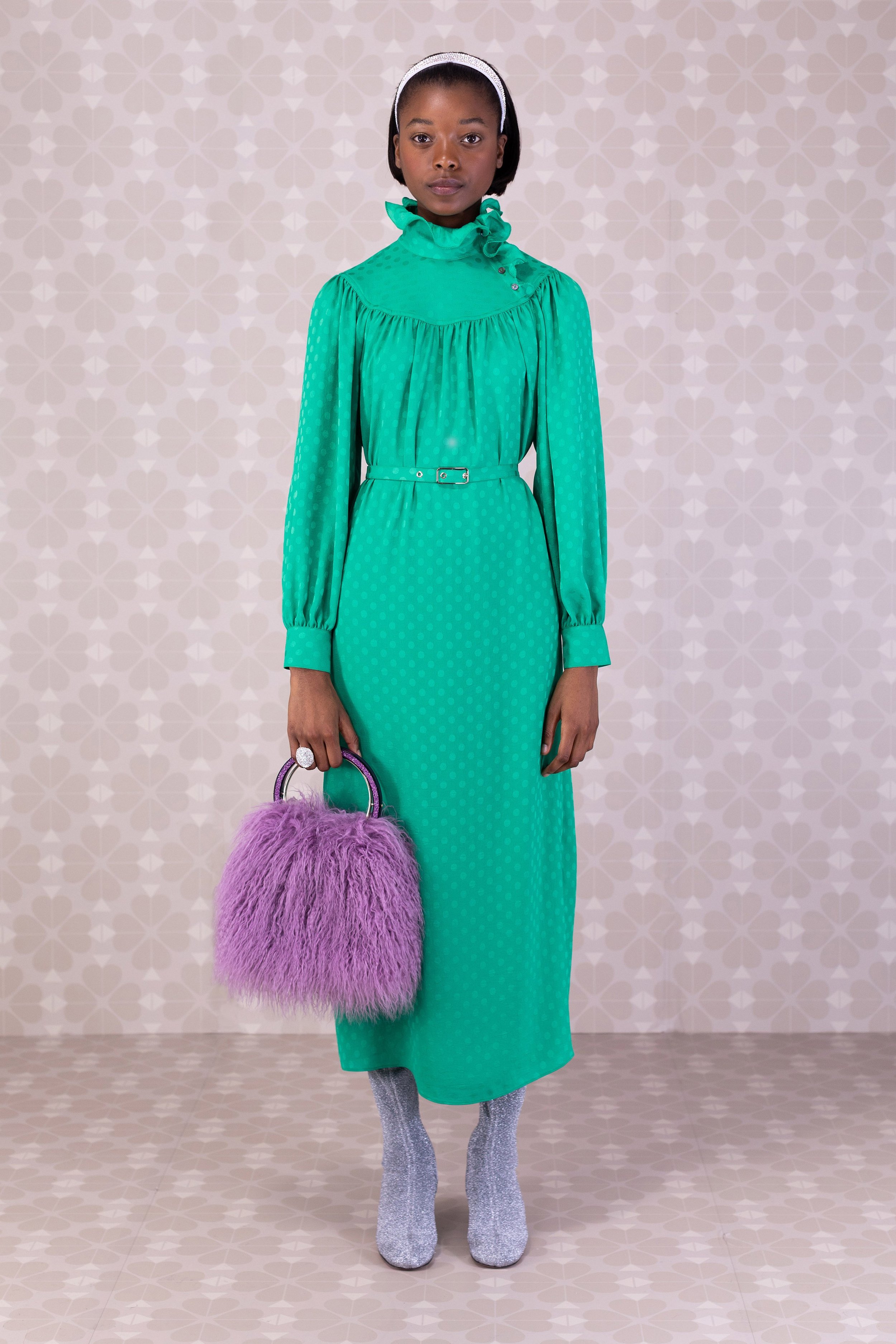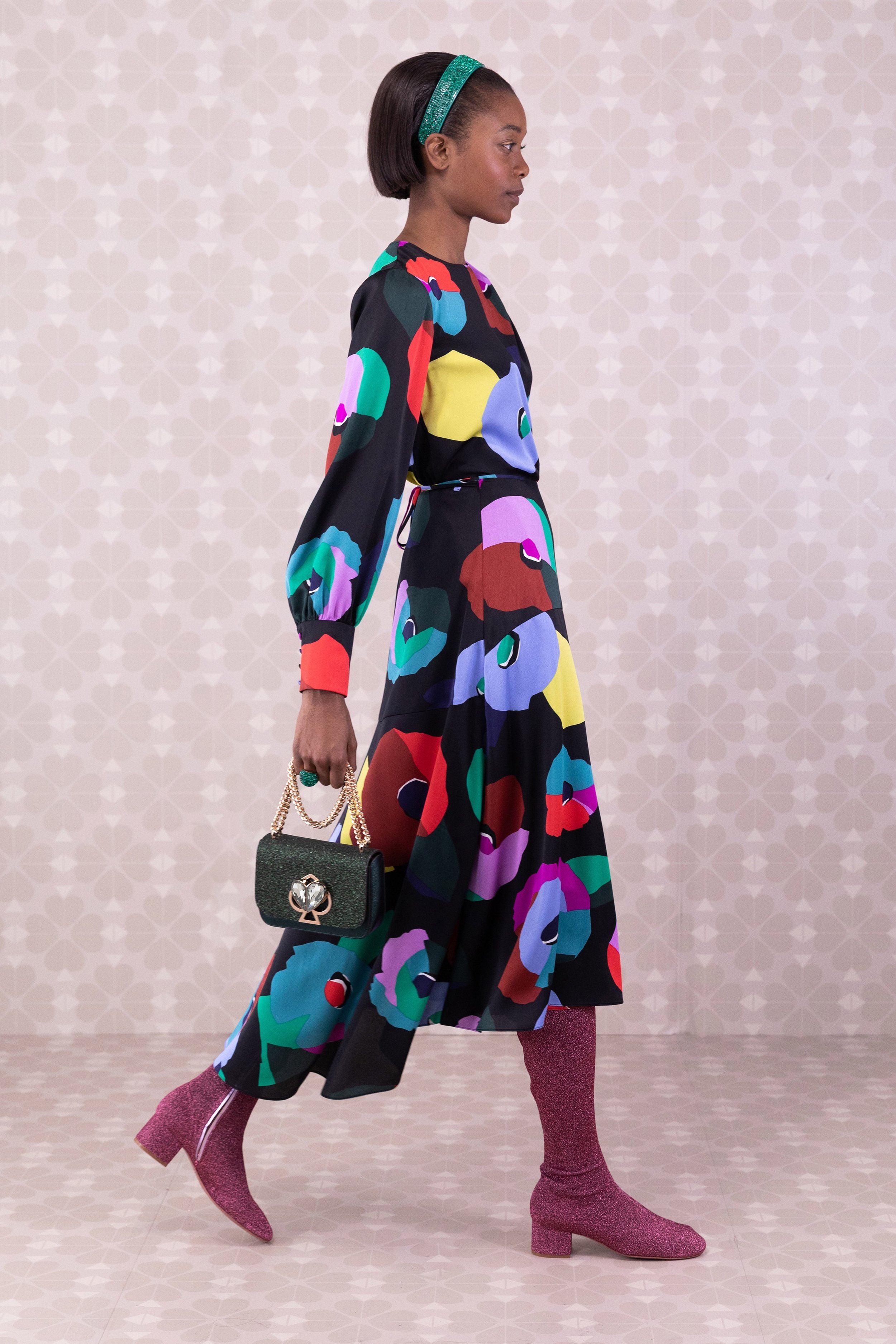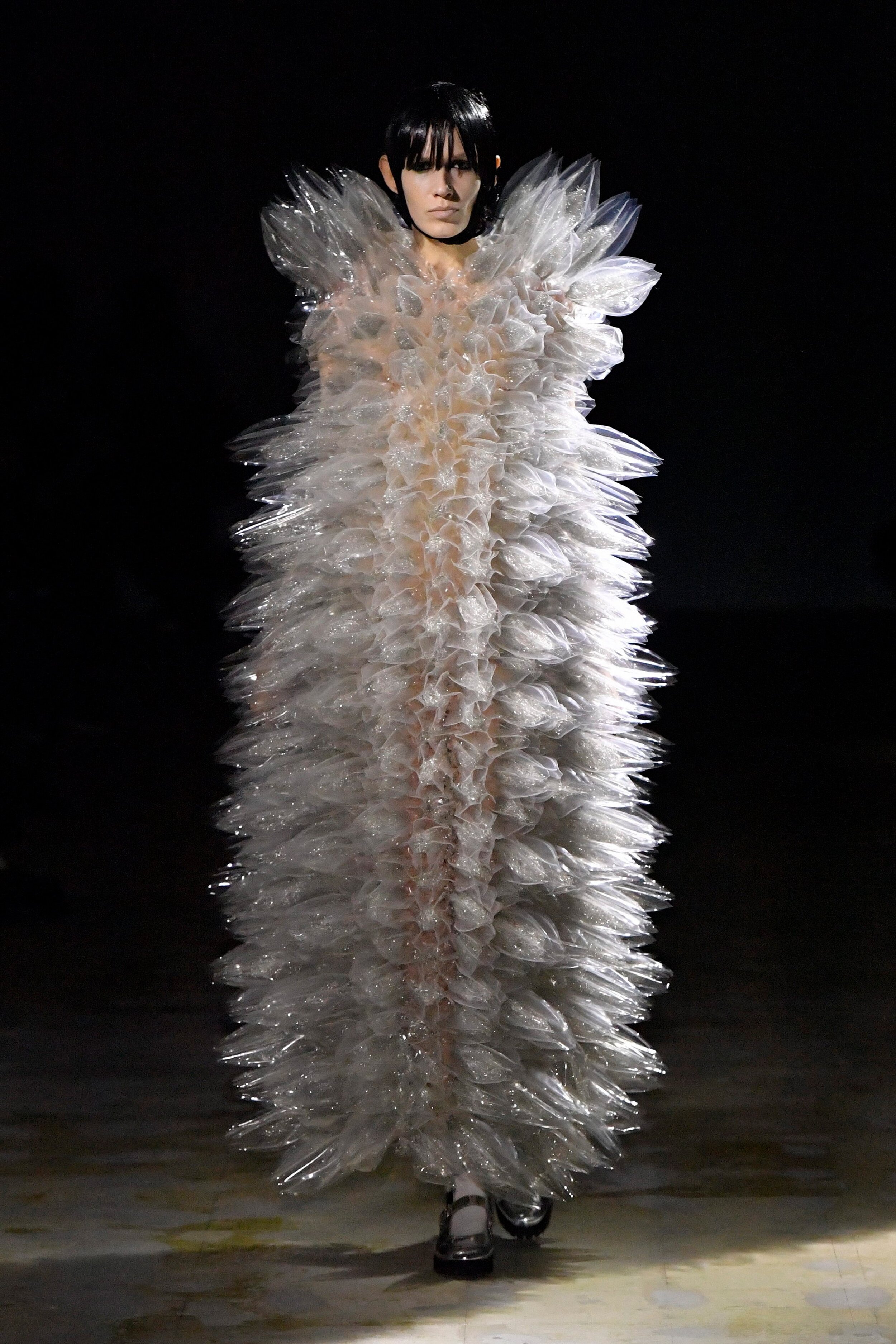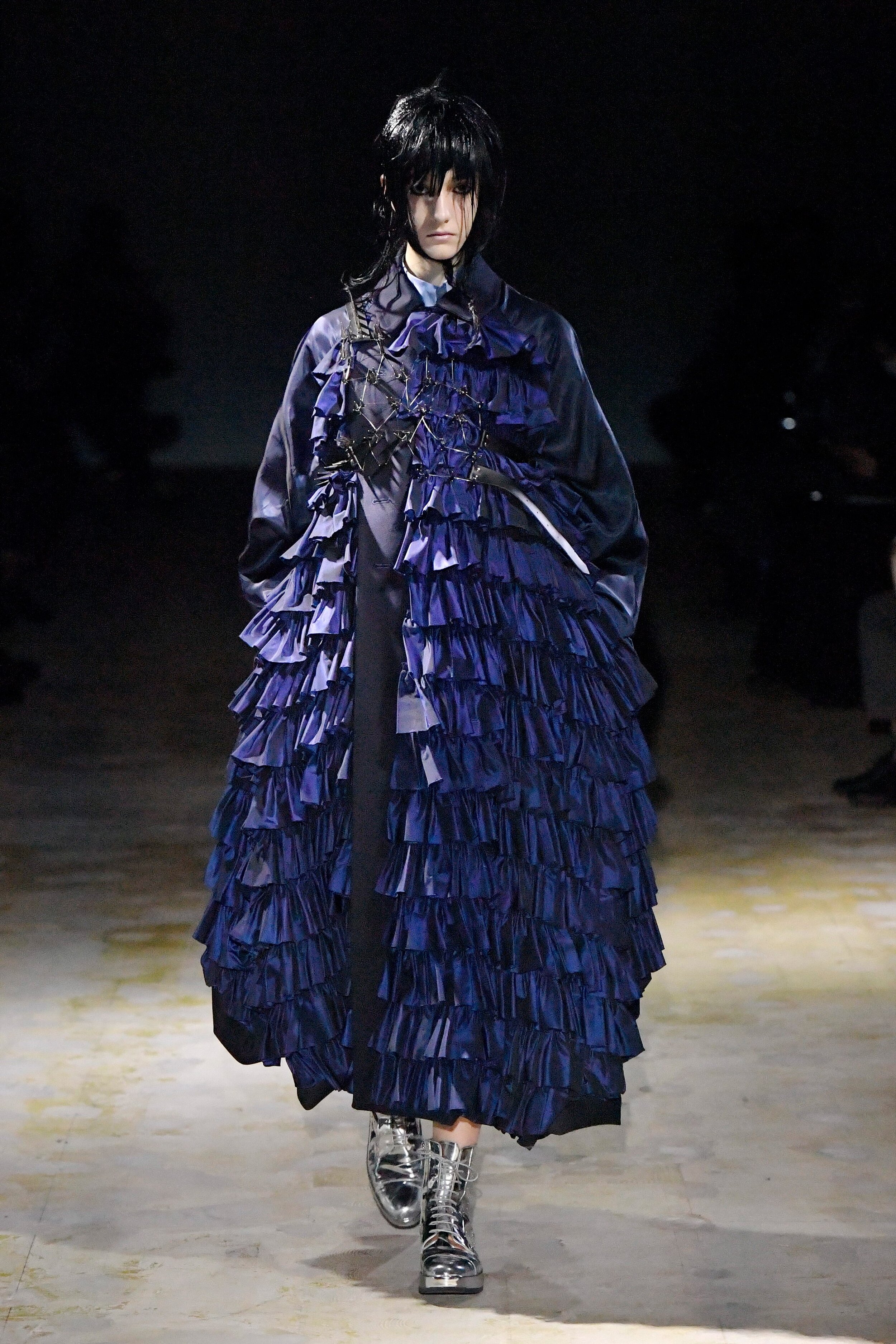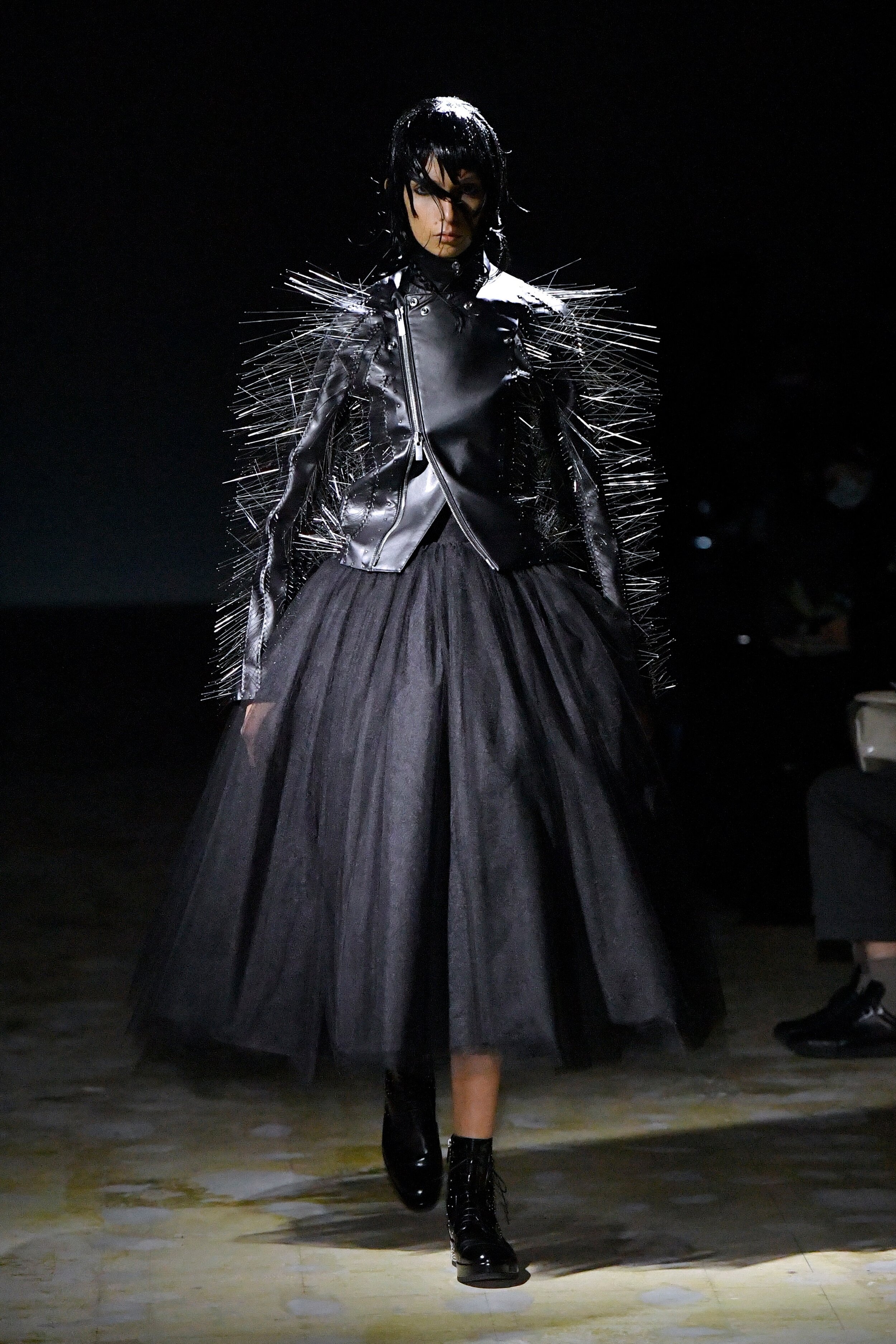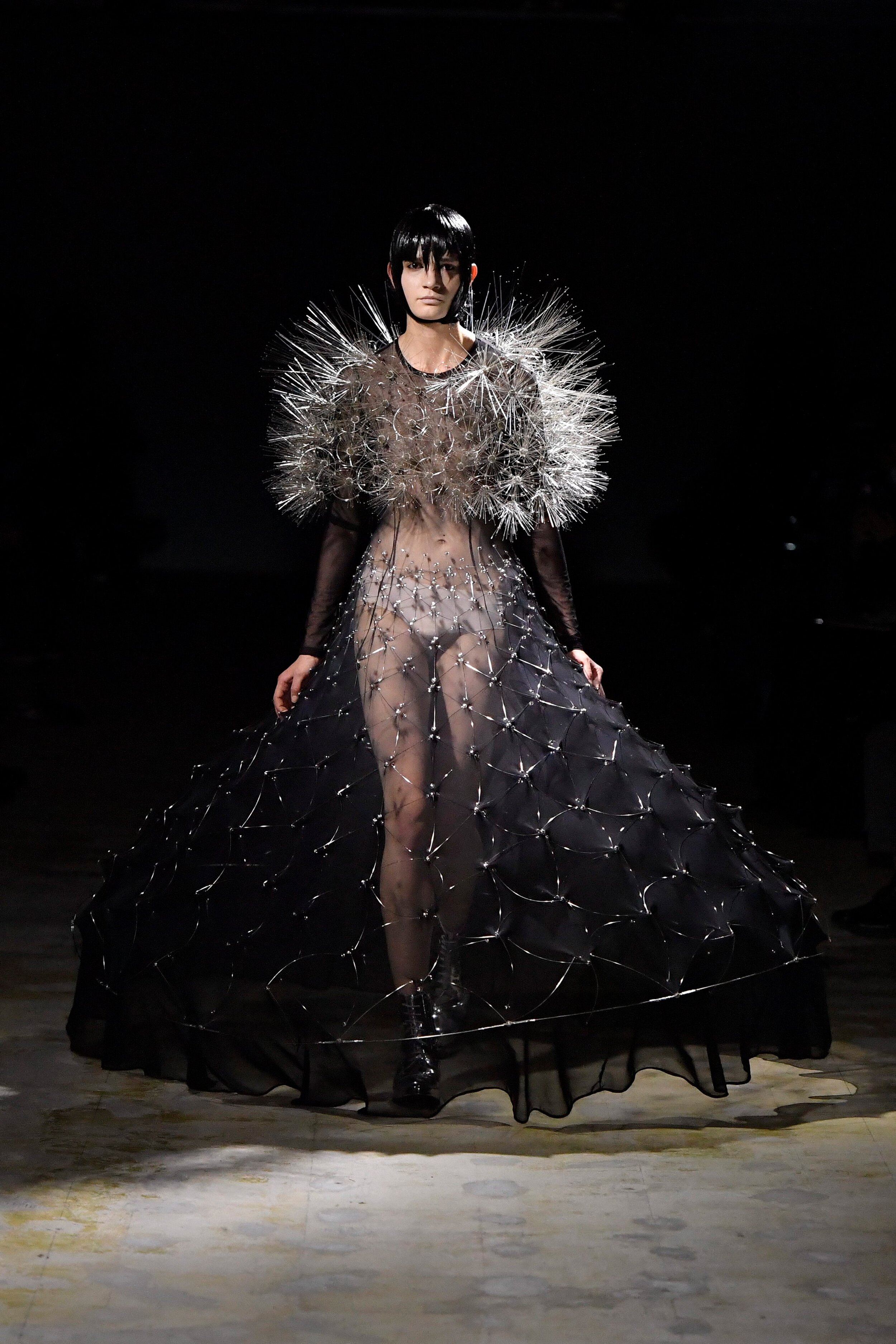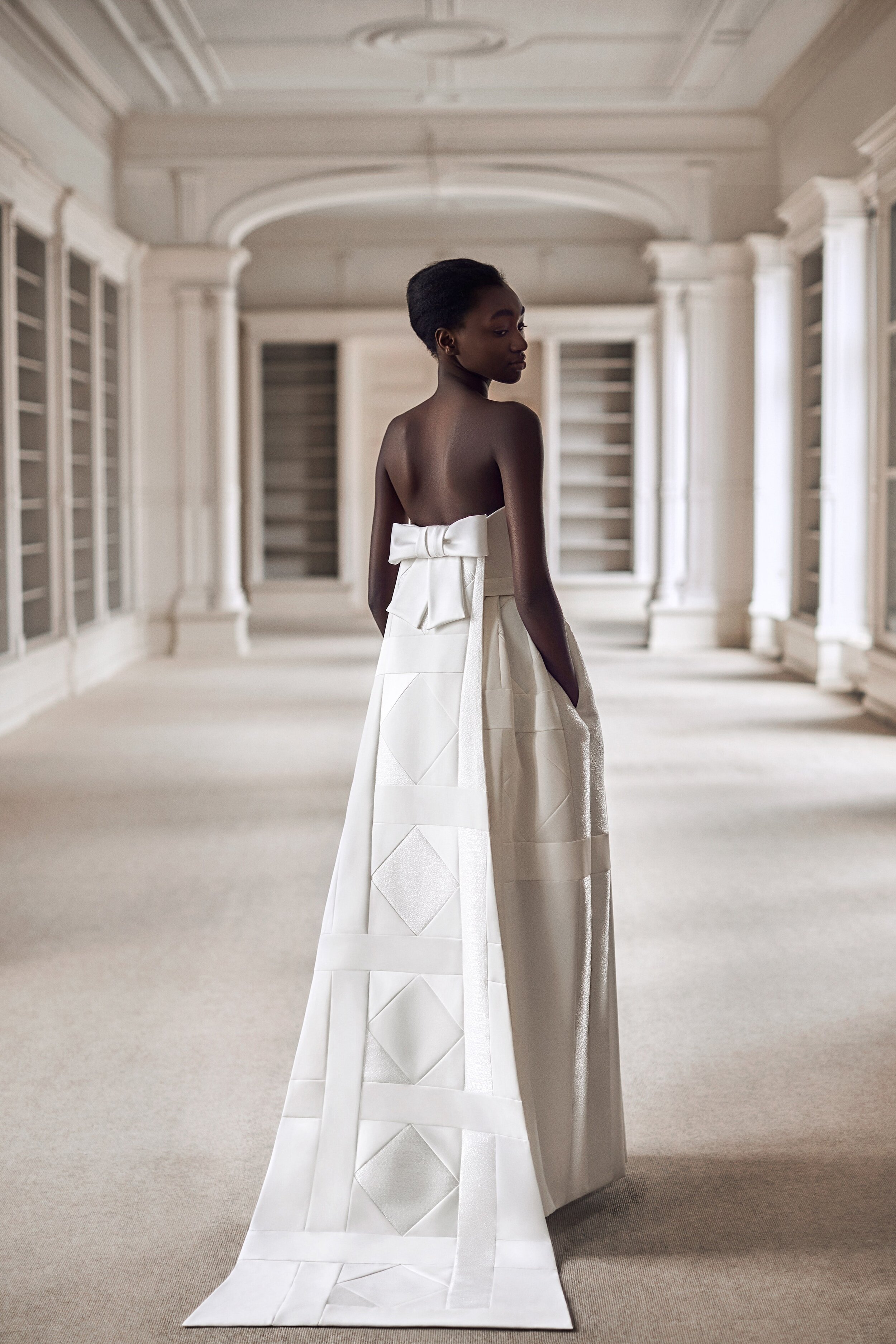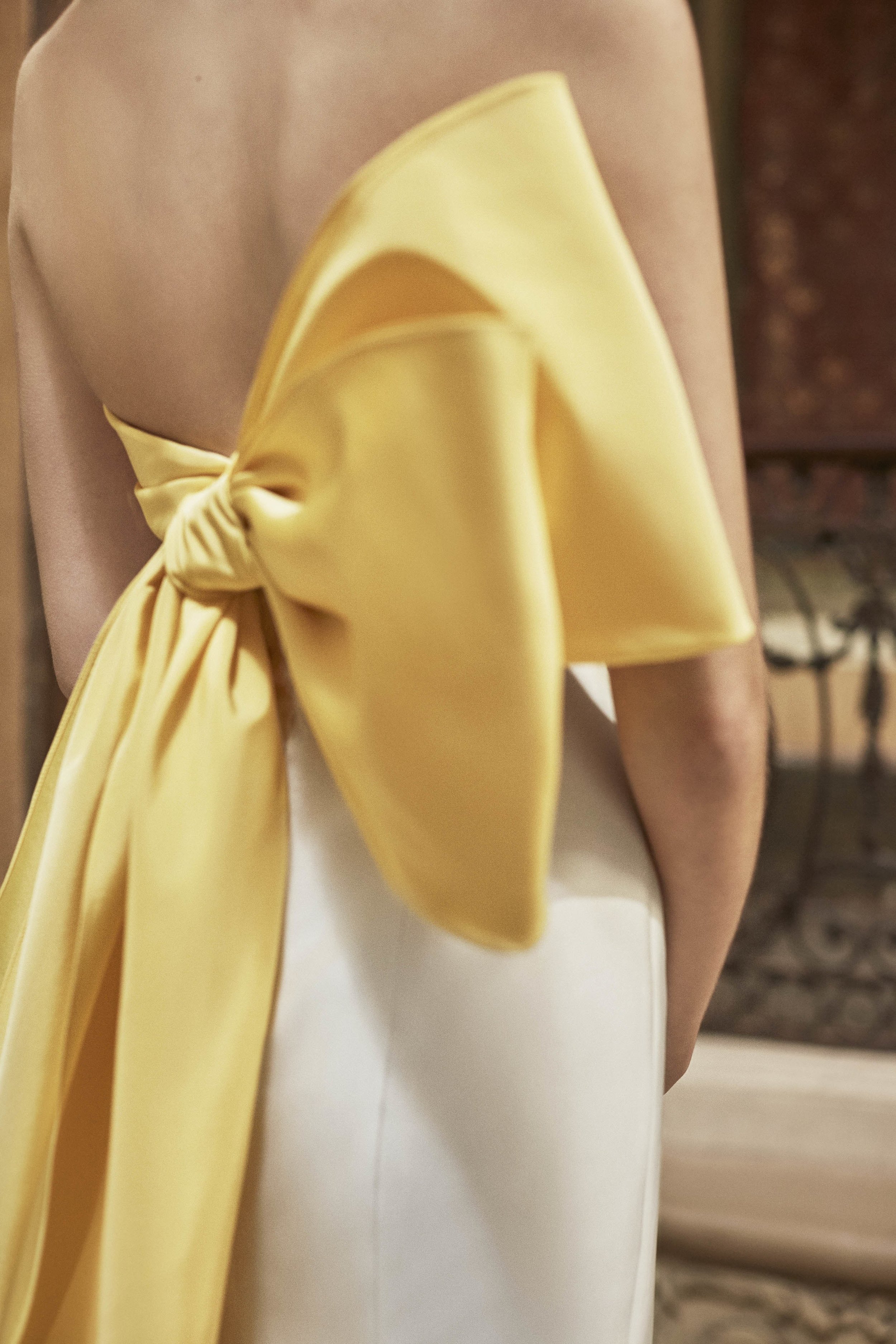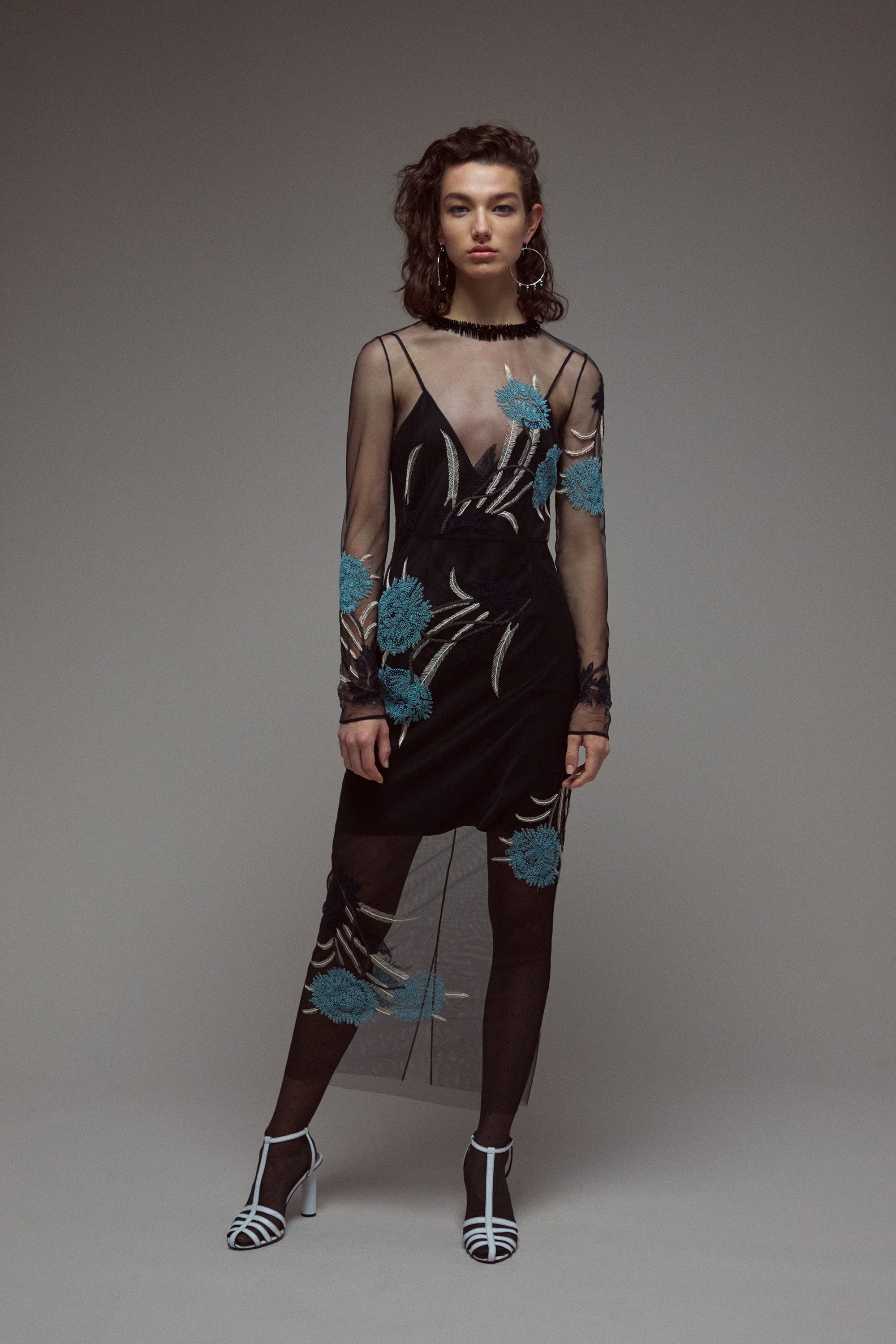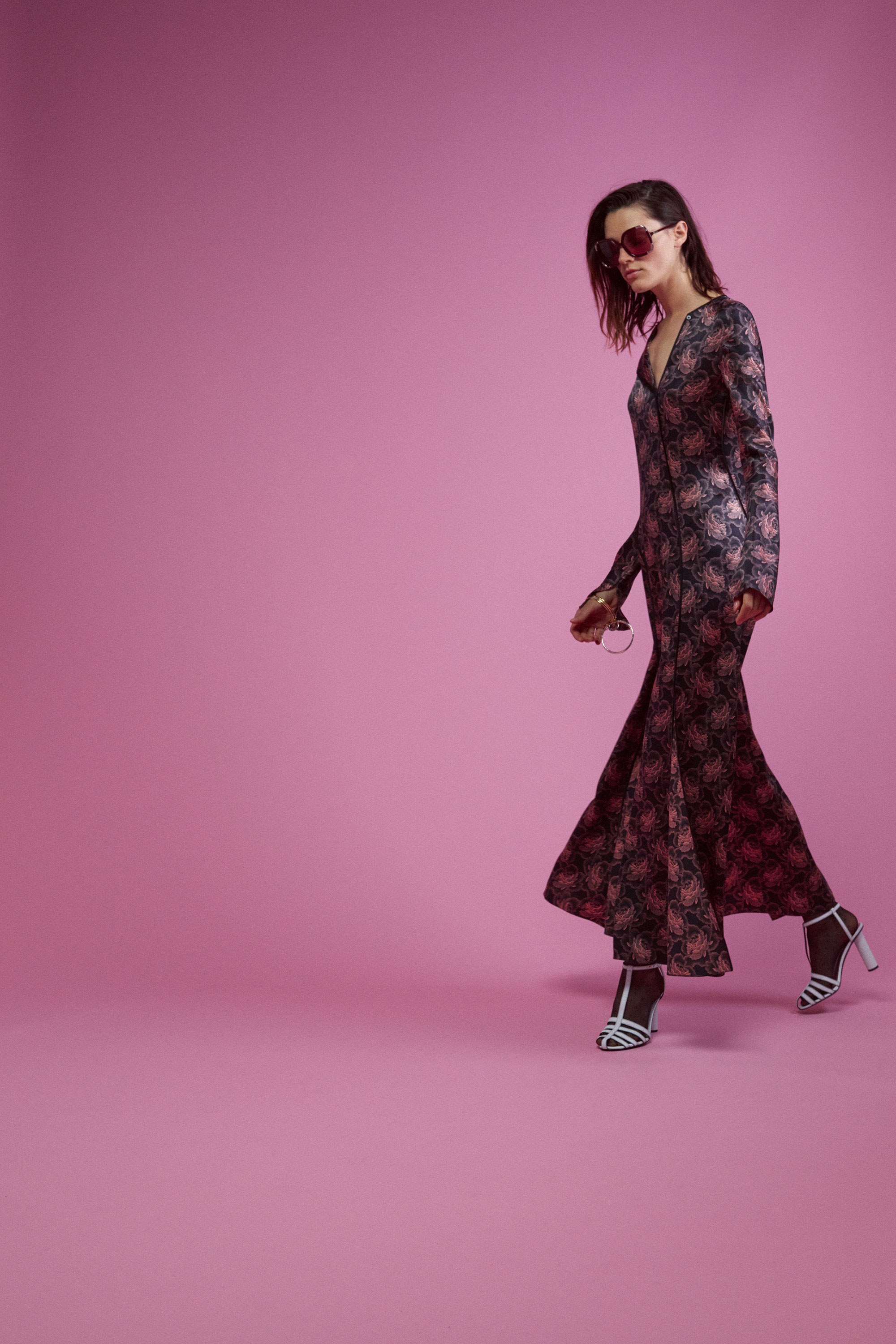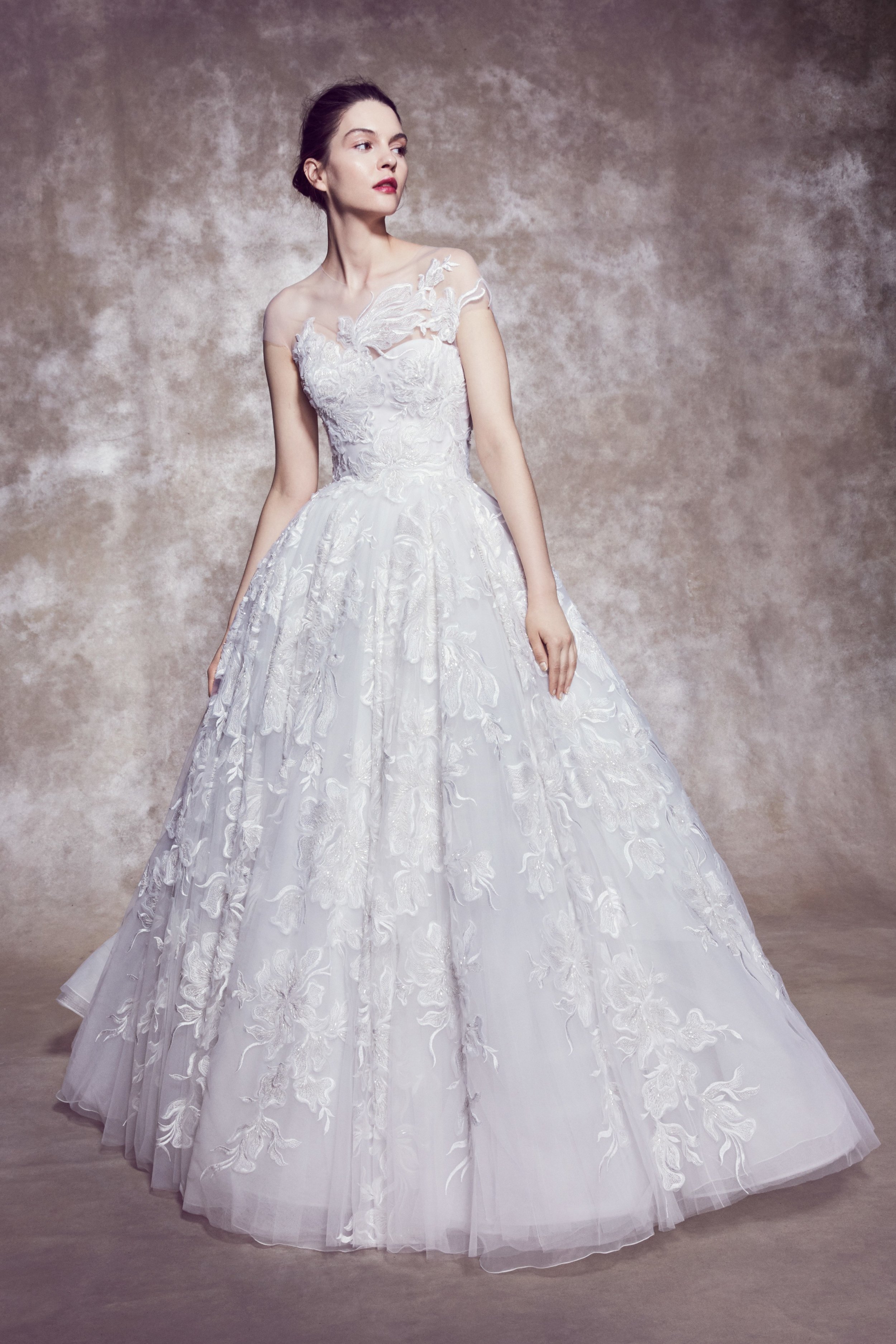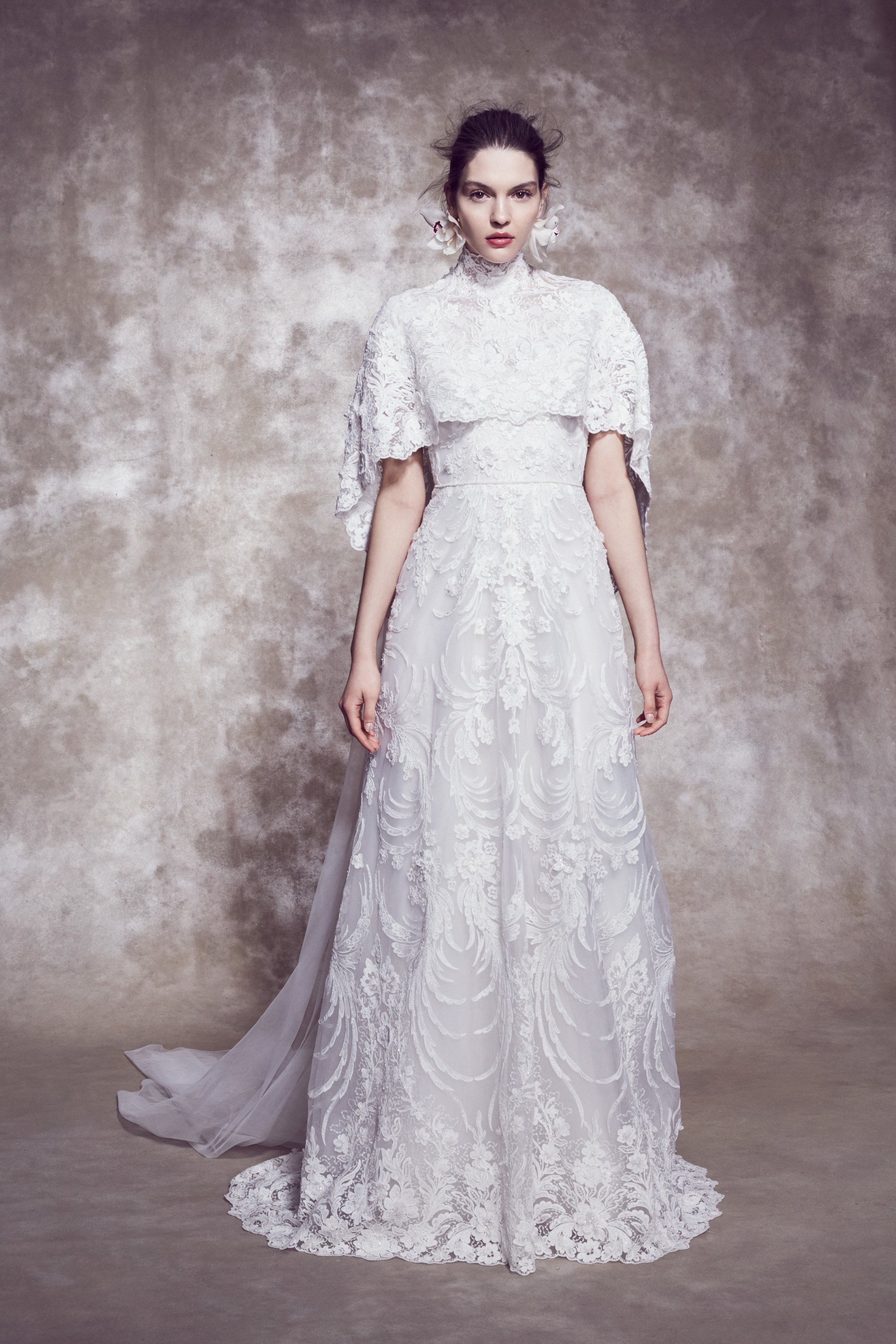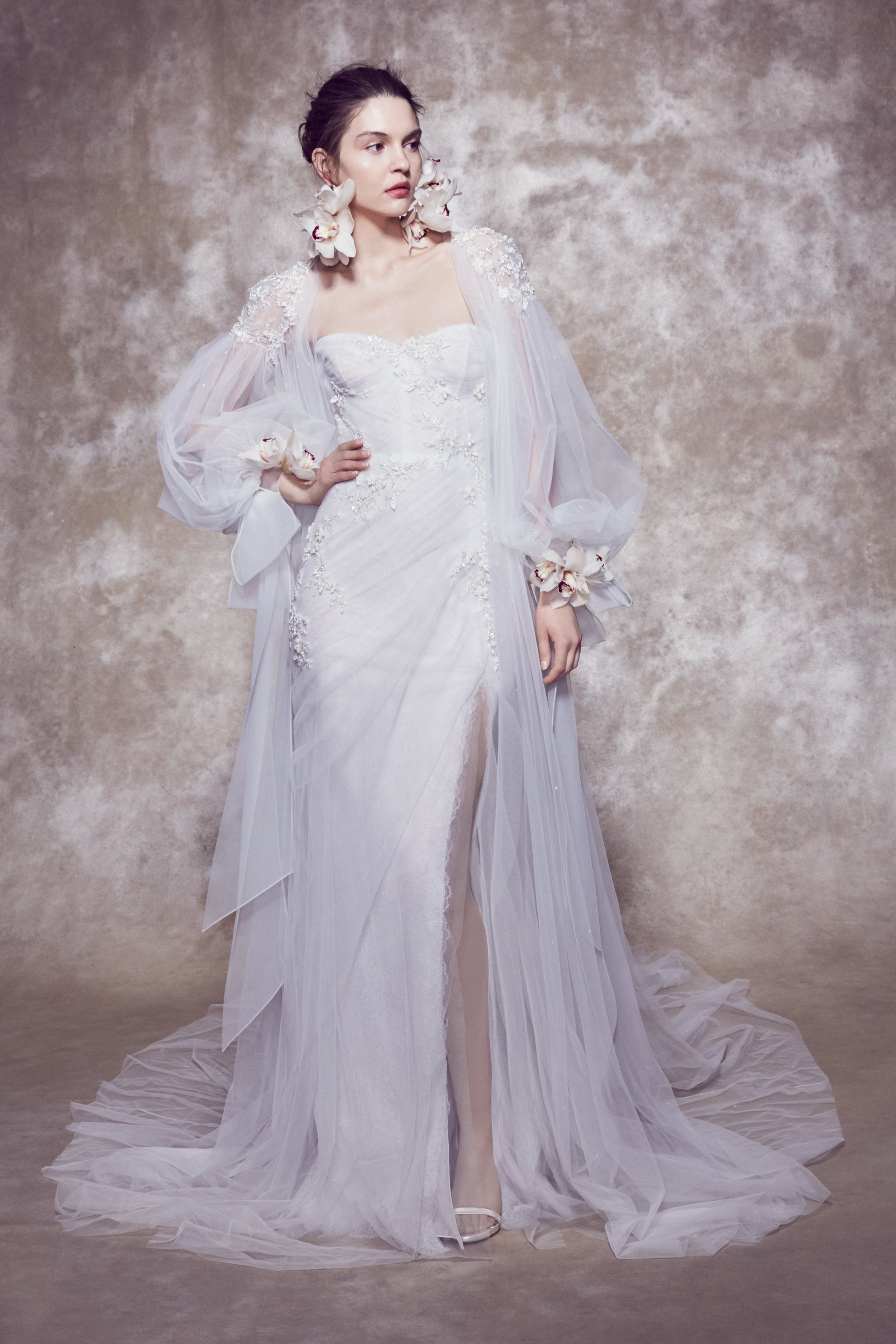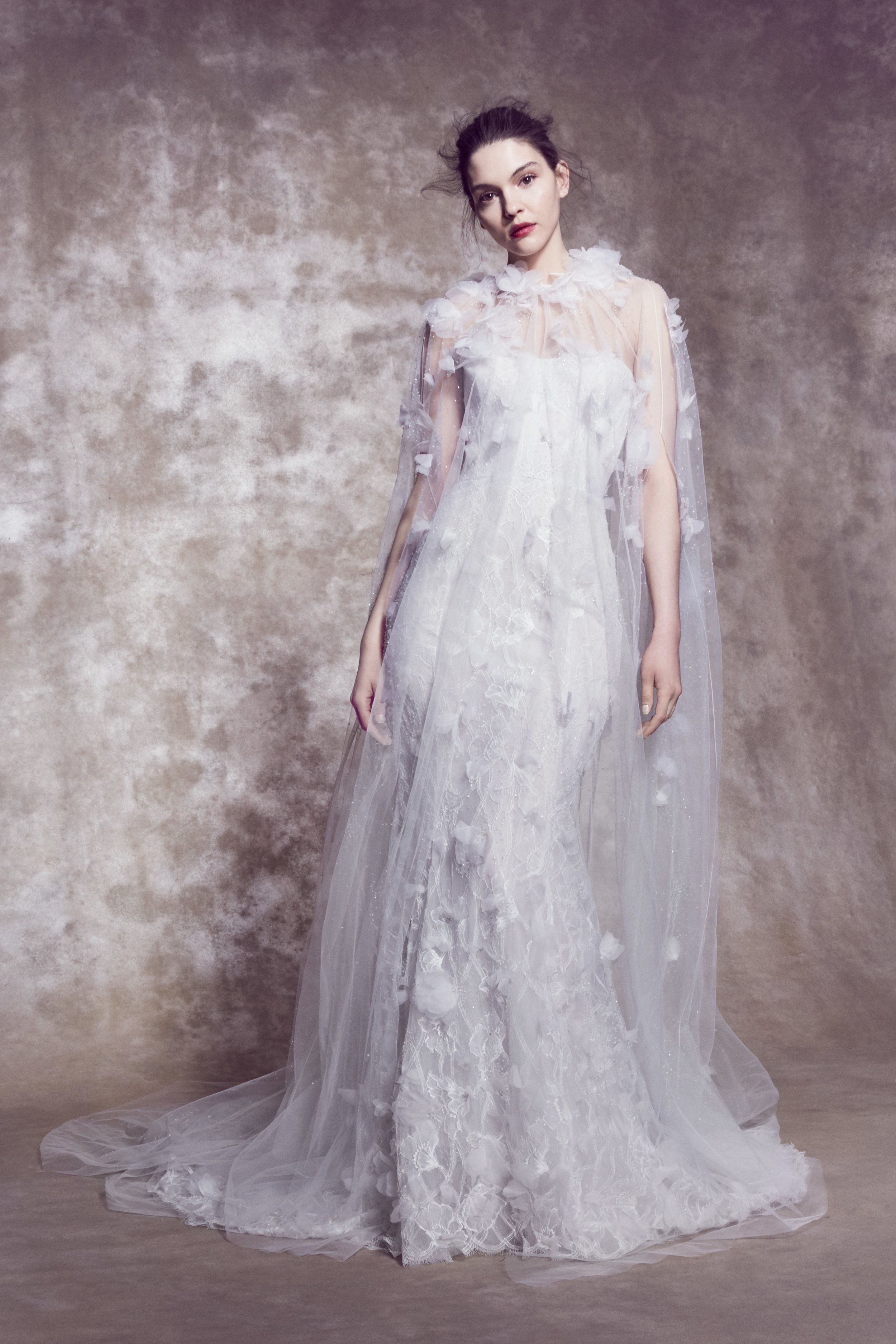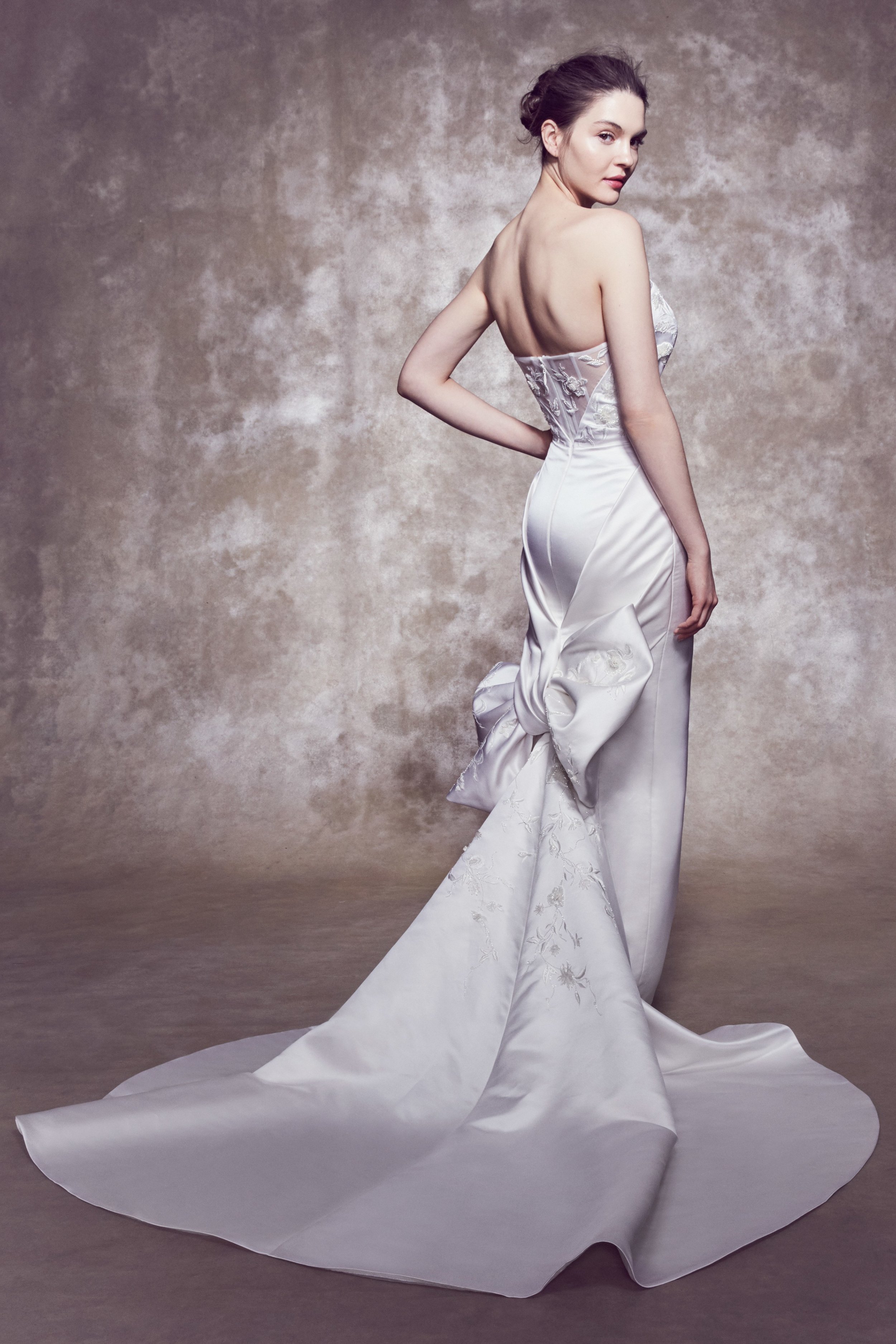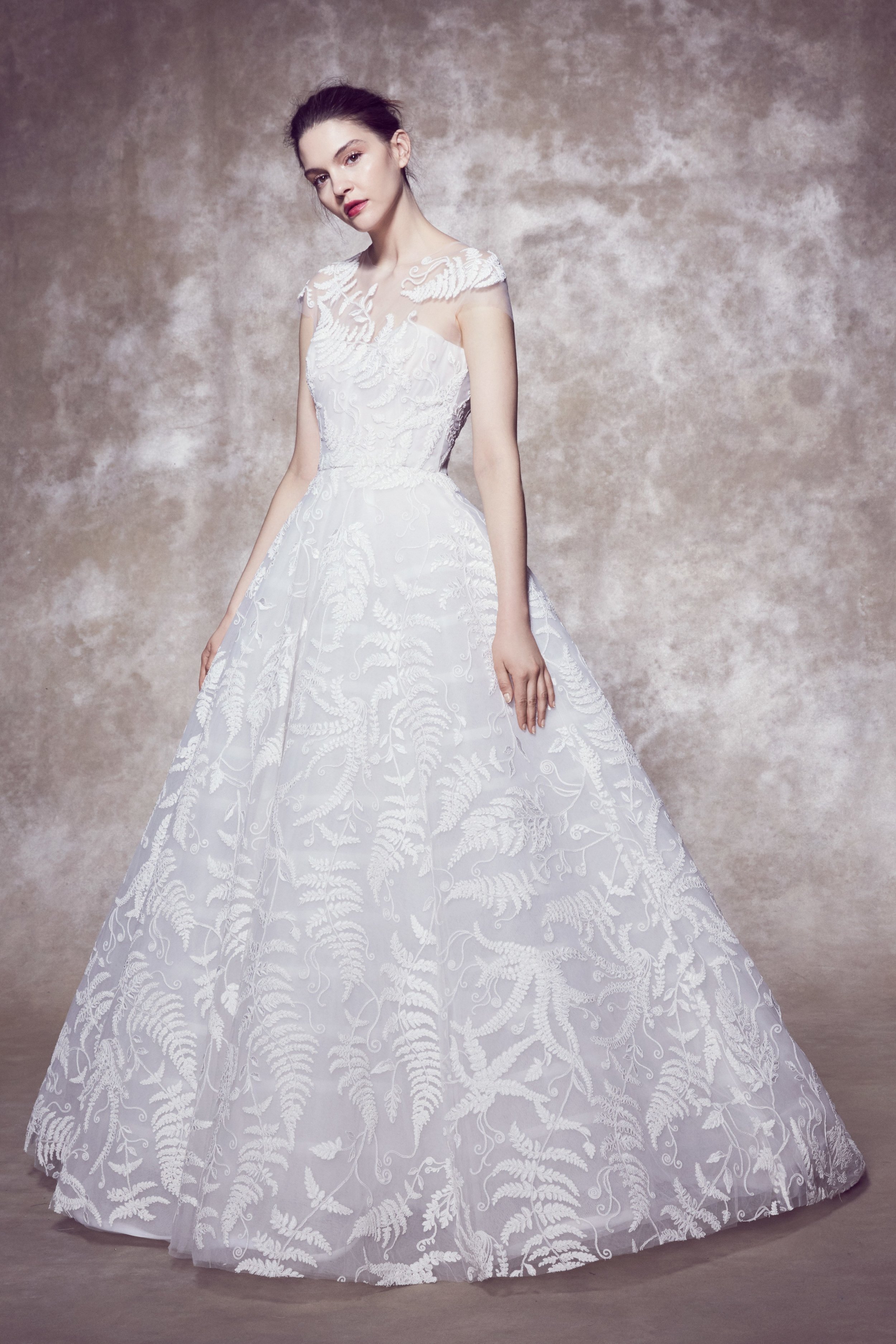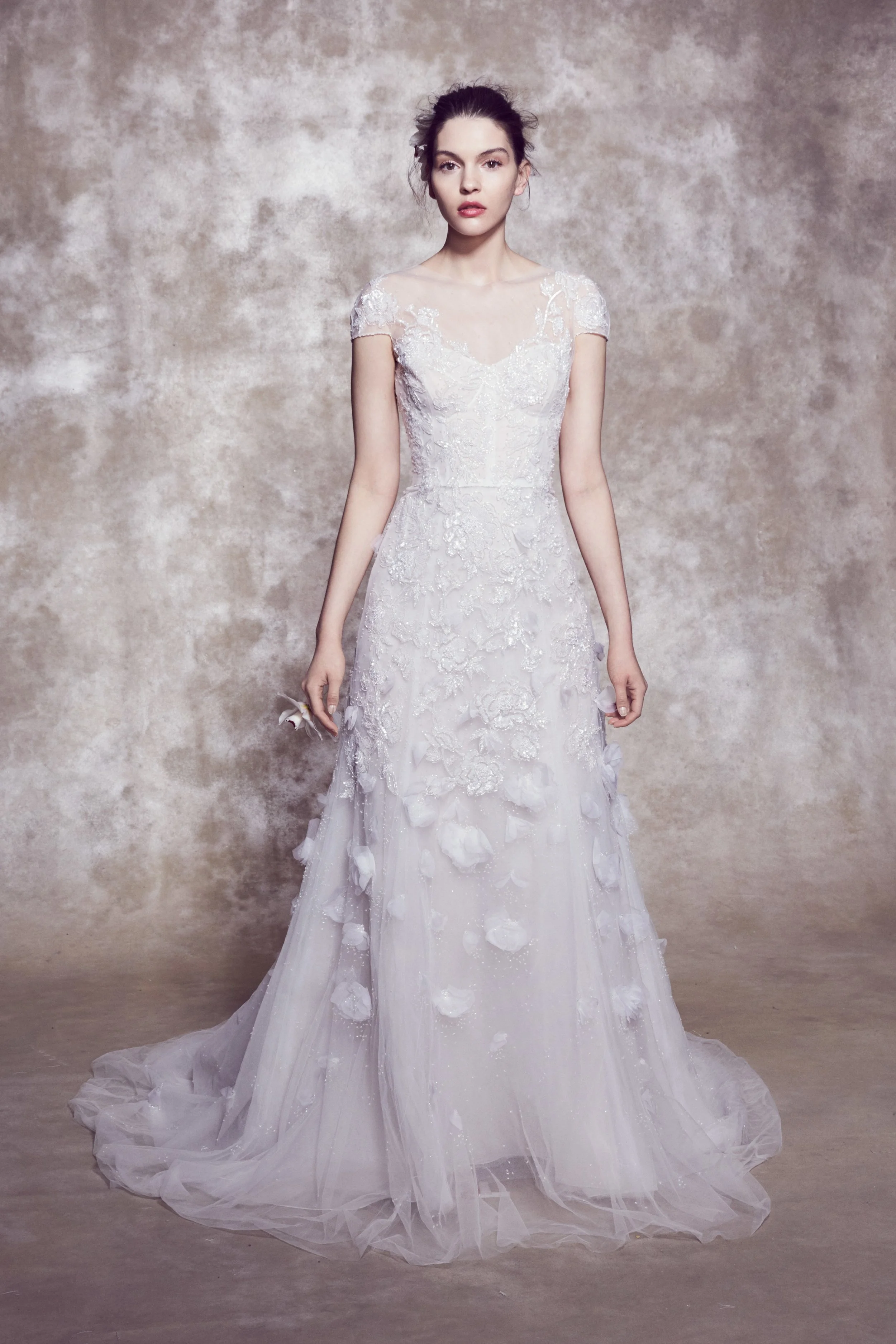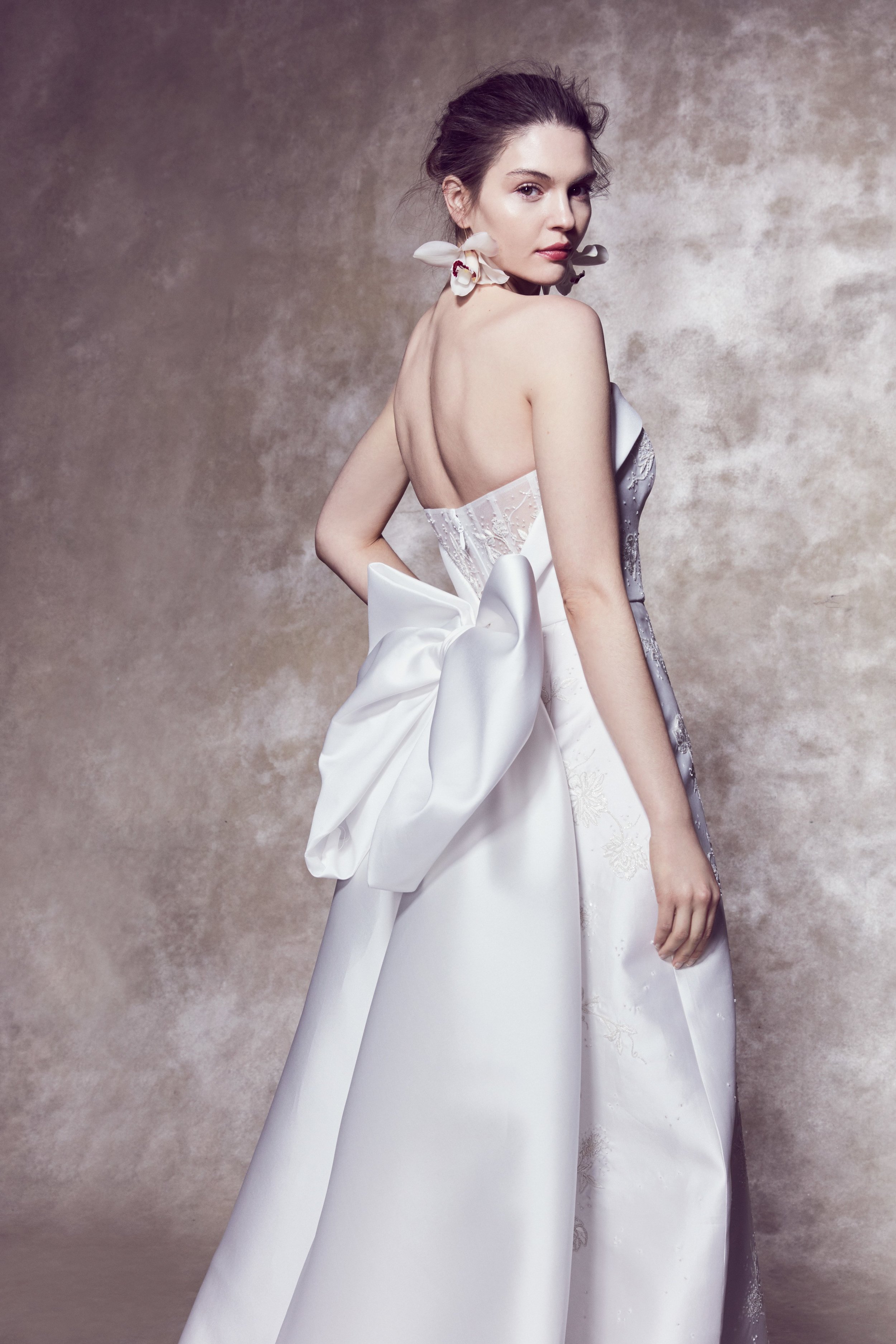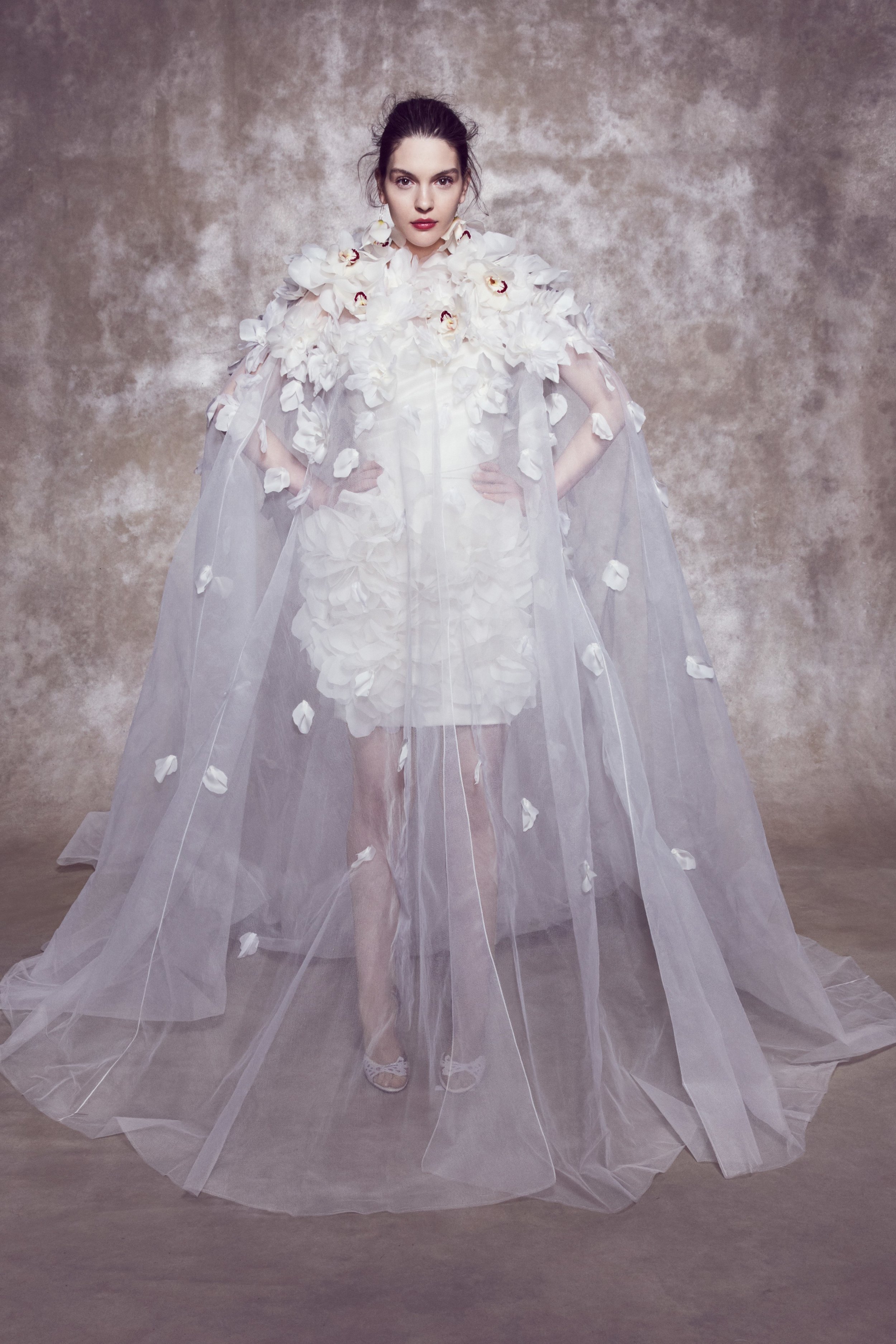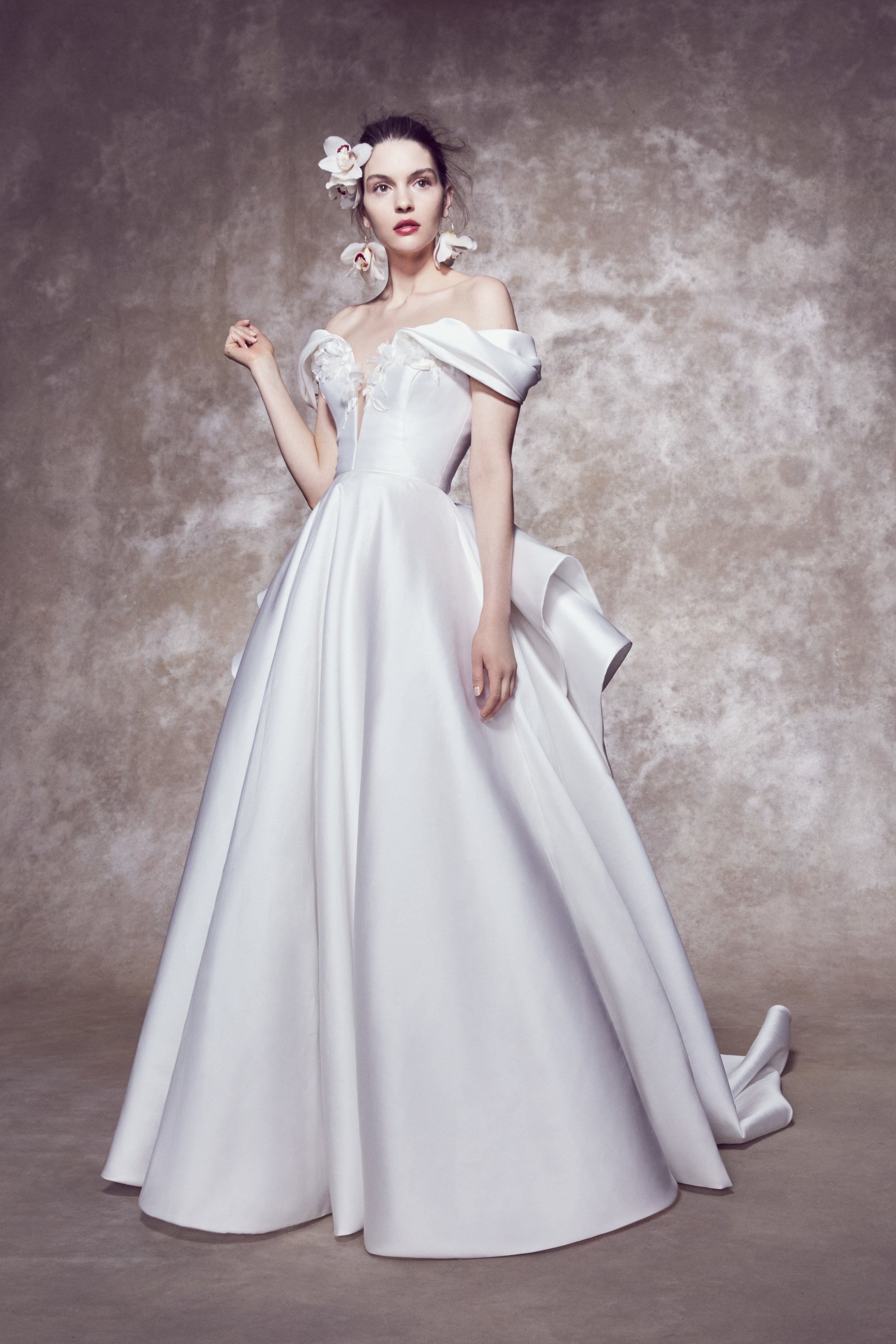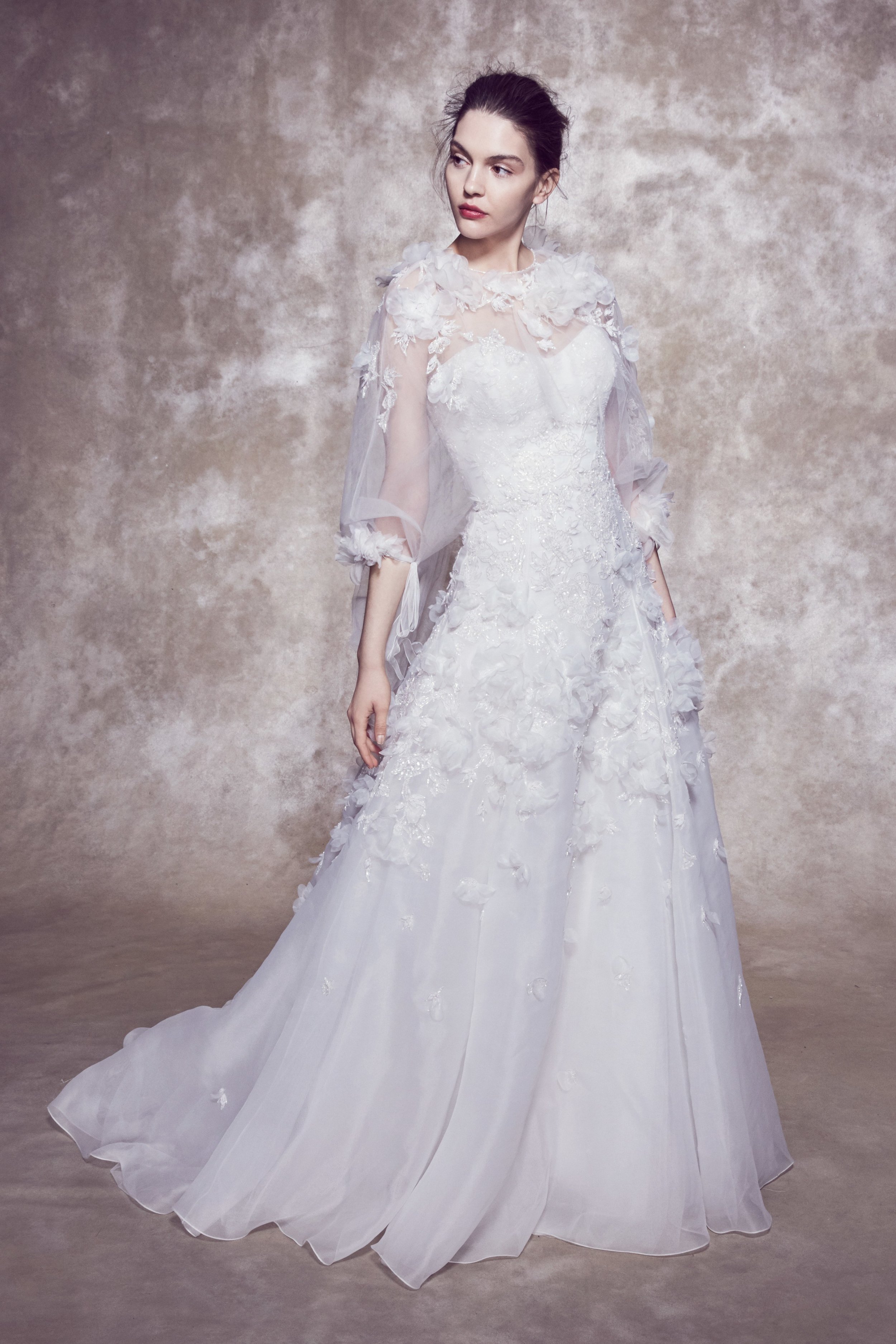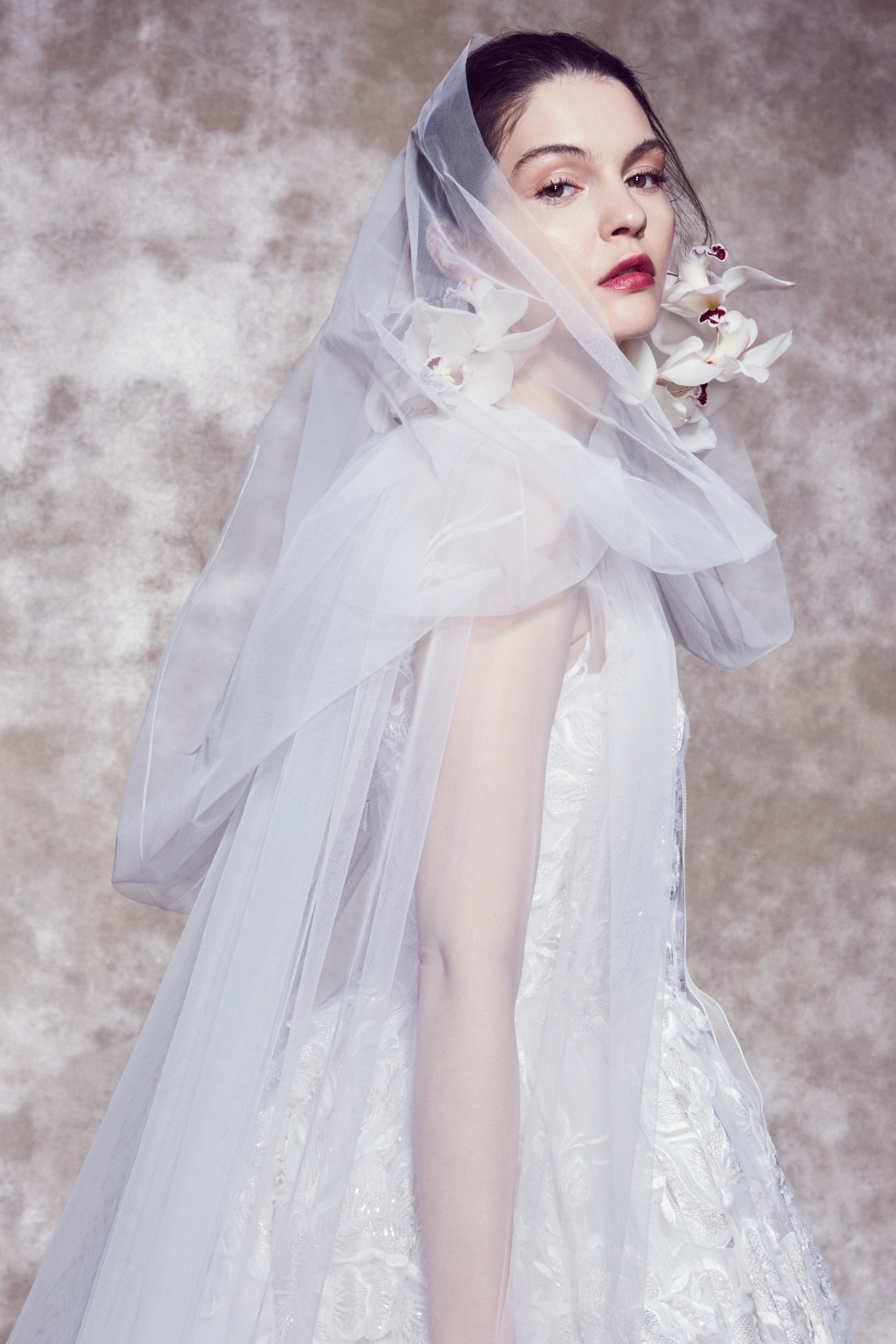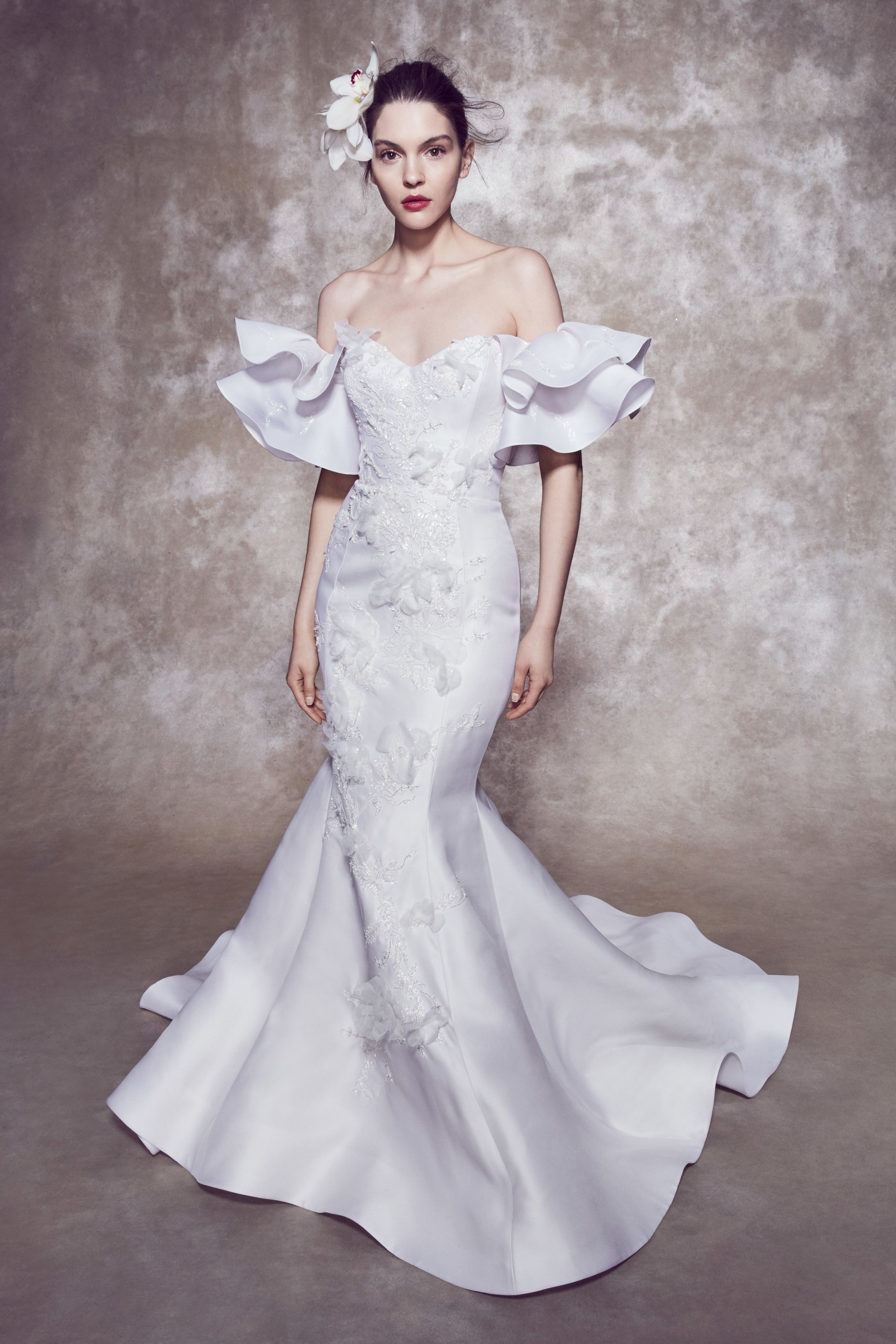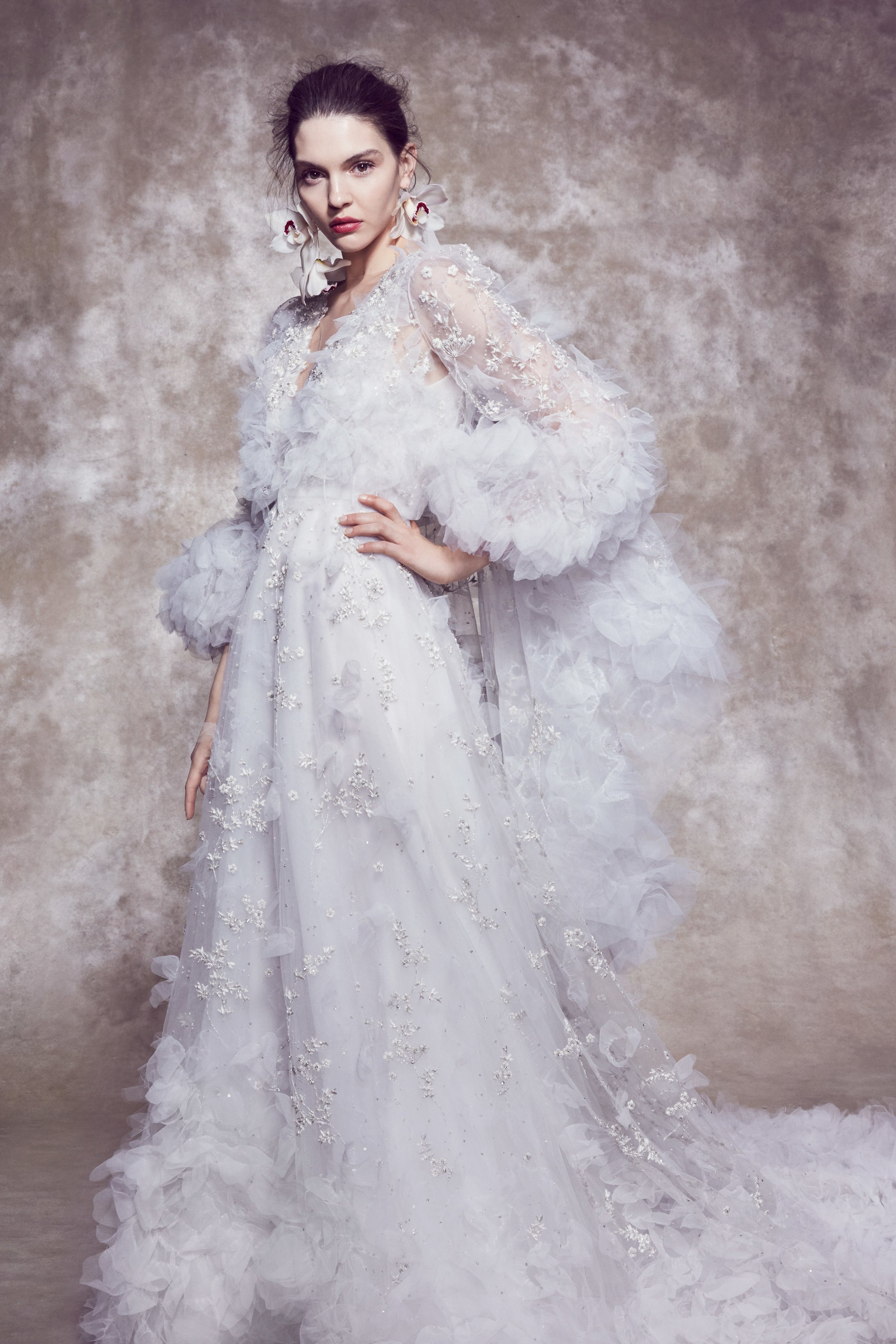by Anita Monroe
Vera Wang has never been one to bow to convention—and with her latest bridal collection, she isn’t just pushing boundaries, she’s erasing them altogether. In an industry historically steeped in tradition, where lace and tulle often reign supreme, Wang dares to tread where few others would even imagine. Drawing unexpected inspiration from the grandeur of the Sun King, Louis XIV, she delivers a line that is less a nod to history and more a radical reinvention of what bridal fashion can be. Her interpretation is not costume, not pastiche—but something thrillingly original.
While the Sun King's court was a vision of maximalist opulence, Wang translates that magnificence into a language that is lean, modern, and unapologetically her own. This isn’t historical reenactment—it’s a conversation between past and future, filtered through a distinctly contemporary, and often architectural, lens. The gowns shimmer with technical mastery, but also with a sense of irreverent play. Embellishments are used like punctuation, not ornamentation. Silhouettes are sculpted, not sewn. Tulle becomes smoke, organza moves like liquid, and layers appear to float, defying gravity and expectation alike.
Unlike much of the bridal market, which cycles through trends in a seemingly endless loop of déjà vu, Wang’s work stands singular and self-referential. There are no derivations here—no echoes of other designers, no watered-down imitations of couture moments past. Every stitch, every pleat, every unapologetic flourish is unmistakably Vera. In this way, she is not simply designing a collection—she is building a body of work. And with each season, we see that work unfurl like a vast mosaic, each new piece adding dimension to her evolving vision.
This most recent collection doesn’t arrive with the heavy-handed proclamation of reinvention—it simply is reinvention. It’s a continuation, not a departure, of what came before—a seamless extension that feels both inevitable and surprising. Wang has long been known for her deft hand at balancing contradiction—fragility with strength, simplicity with excess, tradition with rebellion. But here, the tension feels more refined, more mature. She isn’t trying to shock; she’s trying to elevate. And she does.
There’s a lightness to this collection that belies its complexity. Gowns appear to float around the body, often constructed in translucent layers that catch light like a prism. And yet they hold structure and intention. There’s a forward-thinking clarity to the silhouettes—lines that echo both the past and the not-yet-seen future of bridal fashion.
More than anything, this collection is a manifesto. It says that bridalwear doesn’t need to be shackled to nostalgia. That a wedding gown can be a vehicle for art, experimentation, and personality—not just purity. And that the future of fashion, even in its most traditional categories, belongs to those unafraid to claim it.
In a world still hesitant to deviate from the script, Vera Wang has written her own—and it’s a masterpiece in progress.






